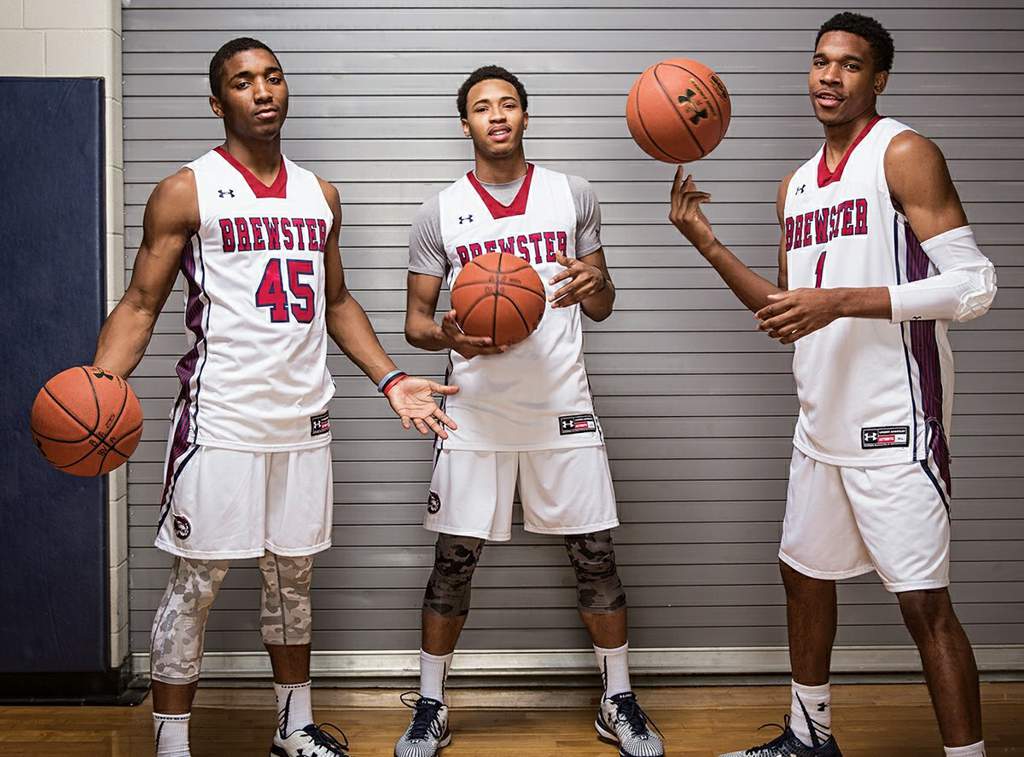Home »
Misc »
How to make a basketball team better
How to make a basketball team better
To Win More Basketball Games, You Need to be Great at 3 Things!
By Jeff Haefner
Let me share something I learned by attending dozens of coaching clinics, reading countless books, and constantly studying the game of basketball. All of those experiences have indicated that a basketball team can ONLY be great at
3 things!
Yet, few coaches heed this concept. In fact, I believe this SINGLE CONCEPT is what holds most coaches back!
The truth is that your team can NOT be great at man defense, zone defense, fast break transition, motion offense, breaking presses, rebounding, passing, taking care of the ball, ballhandling, shooting, scoring in the post, pressing, and so on.
Like this article? Download it as a free PDF! (Download Now!)
At best, you will be POOR to MEDIOCRE in all those areas.![]() There just isn't enough time in the day. It's not possible to be good in all those areas, even for professional NBA teams.
There just isn't enough time in the day. It's not possible to be good in all those areas, even for professional NBA teams.
However, this is exactly what most coaches do. They try to do WAY too much. They try to be good at everything. Well, that simply does not work. There's a common saying in coaching...
"The coach who emphasizes everything, teaches nothing!"
It seems that almost all the successful high school, college, and NBA coaches have figured out this secret. They know they can only be great at a few things and they must develop an "identity" for their team.
Duke is great at M2M defense, offensive transition, and communication. The Celtics are great at M2M defense, rebounding, and teamwork. North Carolina is great at scoring, fast breaks, and pressure defense.
Think about it...
Would you rather be MEDIOCRE in 10 different aspects of basketball - or would you rather be GREAT in 3 or 4 areas?
I firmly believe that you must choose 3 or 4 things that you will be great at.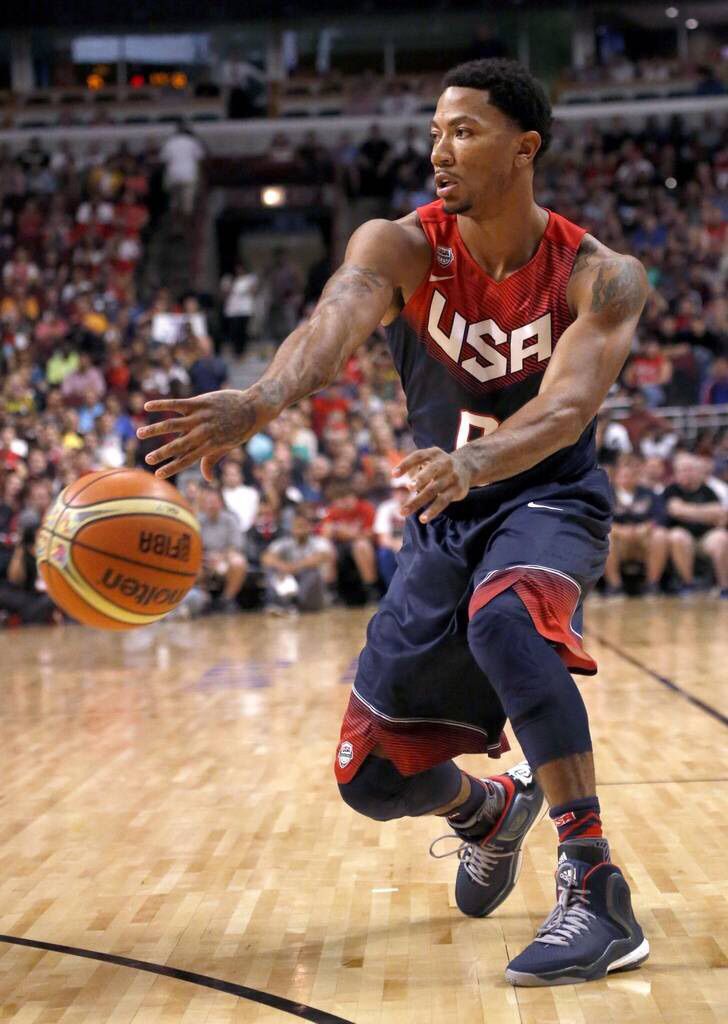 Then you focus on those 3 areas and do what ever it takes to be great. In other words, you focus on the critical few, versus the trivial many.
Then you focus on those 3 areas and do what ever it takes to be great. In other words, you focus on the critical few, versus the trivial many.
This will give your team an identity. This will give you, as a coach, more focus. This will give your players a clearer understanding of what you want from them. This will cause other teams to adjust to you, instead of you adjusting to them.
What 3 things should you focus on?
To give you some ideas, my "3 things" are usually (but not always)...
- GREAT man to man defense.
- GREAT team rebounding.
- GREAT half court offense that is methodical and takes high percentage shots.
Also, I usually put some emphasis on a fourth thing - taking care of the ball. This is something that is emphasized in #3 (half court offense). Keeping turnovers low and winning the possession game is important and that's why I put "low turnovers" as the 4th most important thing. We don't want to lose sight of taking care of the ball. But much of that comes in our half court offensive execution and our patience to not force things.
We don't want to lose sight of taking care of the ball. But much of that comes in our half court offensive execution and our patience to not force things.
This is my personal philosophy for basketball coaching. But you must choose your own three things. Ask yourself the following questions...
- To be successful and win games, what does my team need to be great at?
- What are my players' strengths?
- What are my strengths? Am I very knowledgeable in a certain area (like defense)?
Personally, I chose defense, rebounding, and half court offense because I'm very knowledgeable in those areas. But I also know those are things that winning teams do! Hey, this game is simple. If you score more points than your opponent, then you win. And how do you score more points than your opponent?
Two of the easiest ways to do that are....
- Shoot a higher percentage.
- Or take more shots than your opponent.
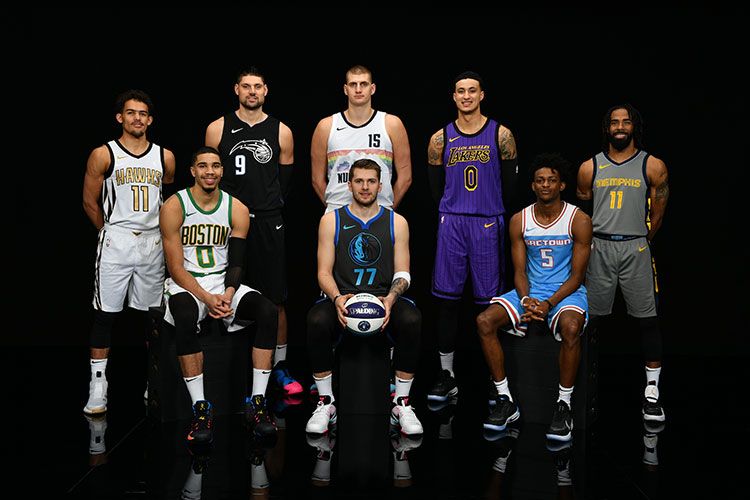
All three of "the things" that we focus on have a huge impact on
getting more shots and
shooting percentage.
90% (or more) of our practice is spent on rebounding, M2M defense, and half court offense. In particular, we do motion offense with emphasis on low turnovers and offensive fundamentals.
We do almost ZERO work on fast break offense, pressing, zone defense, and so on. We very lightly cover those things, so we're ready for those games situations. But very little time is spent on it. Our team has an identity and the players know what is expected of them.
Our players know that if they win the battle on the boards, get stops on defense, and take high percentage shots -- then we have a VERY good chance at winning. With that said, we rarely discuss winning. Instead we discuss what it takes to be successful in basketball and life.
Youth Teams
Youth teams can have identities too, but if your "3 things" are pressing, zone
defense, and fast break offense - then you are RUINING your players' futures!
A youth coaches TOP priorities should be player development and having fun.
To develop players you run motion offense, man defense, and teach TONS of fundamentals.
Also, winning should be VERY VERY LOW on your priority list. Your priority should be to develop those young players. To do that, you may sacrifice a few wins at first.
Intangibles
At this point, you might be thinking... "What about the intangibles?"
The three things above are simply "tactical" things for you to work on. I believe you can still emphasize a few intangible things (in addition to the 3 tactical things above).
For example, you could stress teamwork, doing the right thing, unselfishness, hard work, being proactive, responsibility, timeliness, competing, and so on.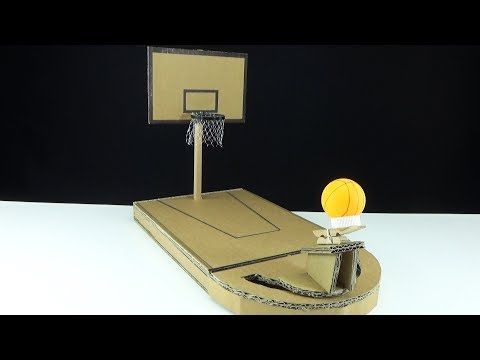
Intangibles are important too. Just don't try to emphasize too many things.
Overcome
Now go ahead and choose your 3 or 4 tactical areas to focus on. Overcome your fear of skimming over the other trivial stuff. Don't be afraid to make some changes.
Once you start emphasizing the right things and narrow your focus, I promise that you'll be much better off.
Do you have any questions or comments for this article? Let us know by leaving your comments...
How To Win More Games With Less Talent
By Joe Haefner
Look at these crazy defensive stats produced by one program!
This defense held their state tournament opponents to 29.7 points BELOW their season average.
This defense led the state in defensive field goal percentage for six straight years!
This same defense helped normal athletes win 86% of their games over the coach's last 11 years.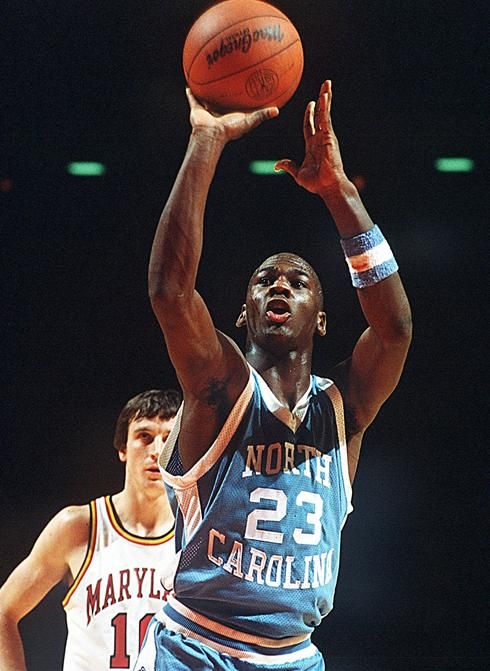
And this program is from a small public high school. There isn't any recruiting. And they didn't have any D1 players.
And I grew up playing against these teams and later coaching against these teams. I can guarantee you, there is nothing special or extraordinary about the athletes. They weren't any more talented than our teams.
But the way they played defense is extraordinary!
And you'll also learn how this defense helped multiple coaches take a huge step with their programs... like winning the state championship!
The Solution To Winning More Games... Even With Less Talent
Coach Al Marshall of Cascade, Iowa accomplished the amazing feats above...
He did so after switching to a 2-3 zone defense after nearly 30 years of coaching man to man defense.
And this isn't your typical lazy 2-3 zone defense. It's super aggressive! It's also very adaptable to your strengths and your opponent's strengths!
Along with the accolades above, Coach Marshall also.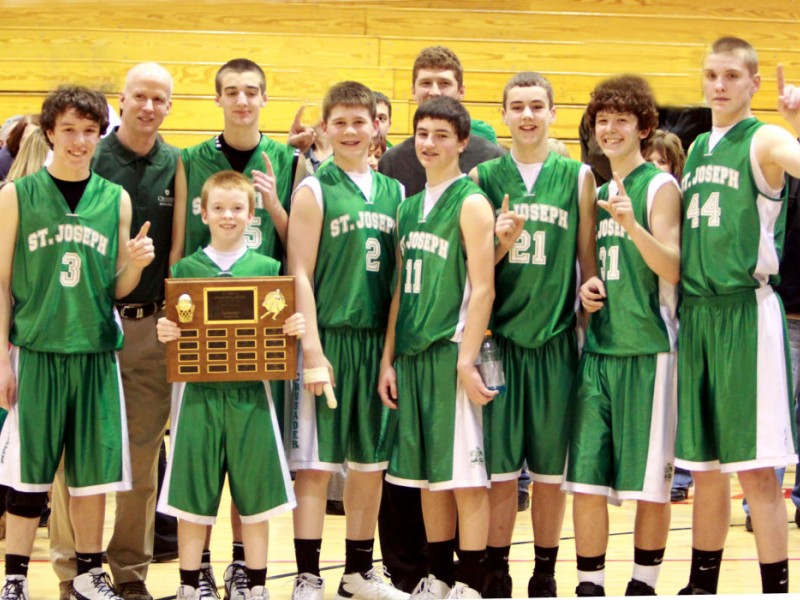 ..
..
- Won 738 games - 3rd all-time Iowa high school basketball
-
Smothered and held teams to 31.9 PPG during one season
-
Earned induction into the Iowa basketball Hall of Fame.
But we want to explain why and how you can do this, as well. We believe if you do it half as well, you'll have a lot more success.
Even if you're a man to man defense coach who refuses to switch to zone, you definitely need to read this!
It could be the difference, like it was for me,
in making it to the state championship game... or like coaches Nate Sanderson or Kiley Yates who won state championships.
Additionally, I'm going to tell you how it greatly improved our zone offense while being super efficient with our practice time.
Picture of the South O'Brien High School boys' basketball team from Paullina, Iowa celebrating the school's first ever state championship! They used Coach
Marshall's 2-3 zone defense.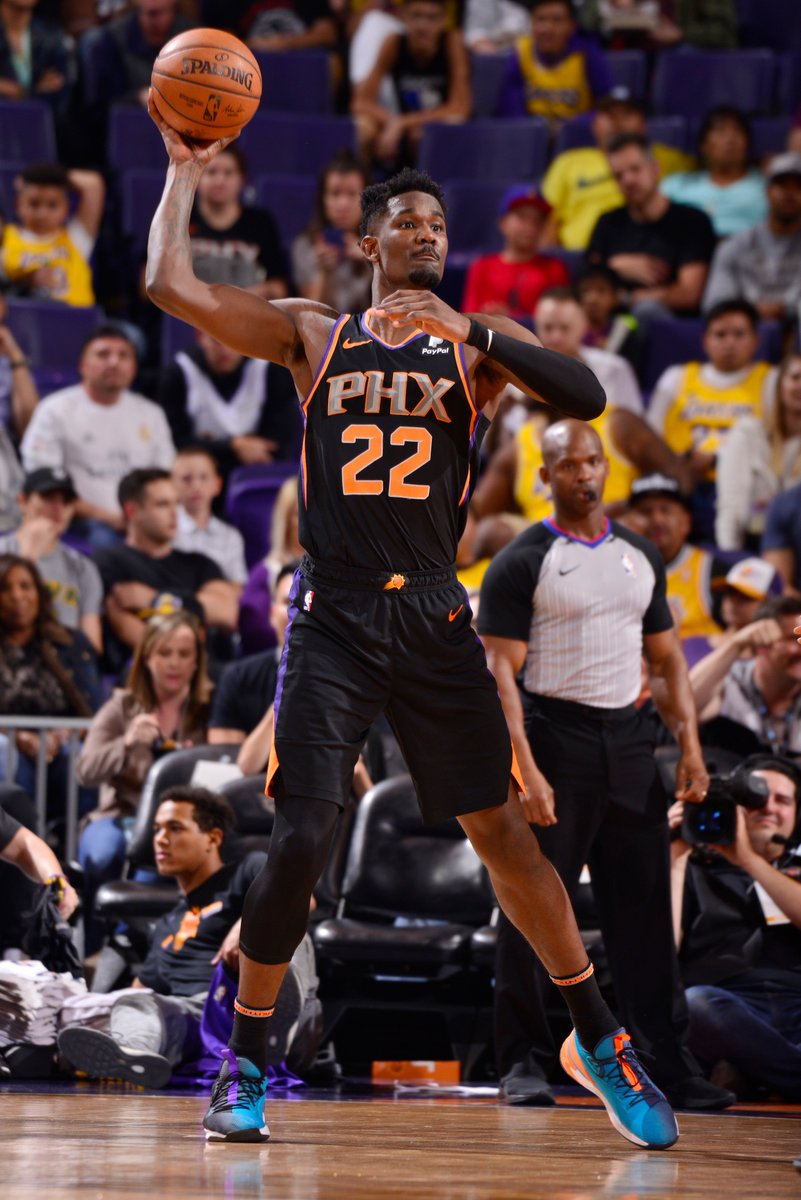 Kiley Yates is the head coach.
Kiley Yates is the head coach.
Why Coach Marshall Switched to Zone Defense After Another Depressing Loss...
Head buried in your hands after an excruciating loss in the postseason. Walking off the court with your chin tucked because you're filled with a plethora of emotions. And you're trying to avoid eye contact.
And next, you get to enter a locker room with a lot of teary eyes because another season just ended.
And to make matters worse, your opponent played out of their minds and knocked down nearly half of their 3-point shots. You know... the guy who shoots 17% for the season from three just happens to knock down 6 threes against you.
I think we've all been there... at least once.
Coach Marshall had been coaching nearly 30 years and yet another season ended this way for him.
Al Marshall taught and played sound man to man defense every single year.
After another loss where the opposing team made numerous 3-pointers, he thought... "Why am I playing man to man defense if I'm still giving up the 3-point shot?"
So Coach Marshall concluded that he was going to teach a 2-3 zone defense.
And that excruciating loss was probably the best thing that happened to his coaching career.
And we hope it could be the best thing for your coaching career... or at least help you win a few more games per season.
Just look below at what happened to Coach Marshall's win percentage after he made the switch!
Won 86% of Games Over 11 Years! Averaged 21 Wins and 3 Losses per Season
The last 11 years of Coach Marshall's career, he won 86% of his games! He went 234-37.
He averaged 21 wins and 3 losses every season!
Previously, Coach Marshall had won 63% of his games with a record of 504-291.
Coach Al Marshall went to the state tournament three straight years from 2014 to 2016.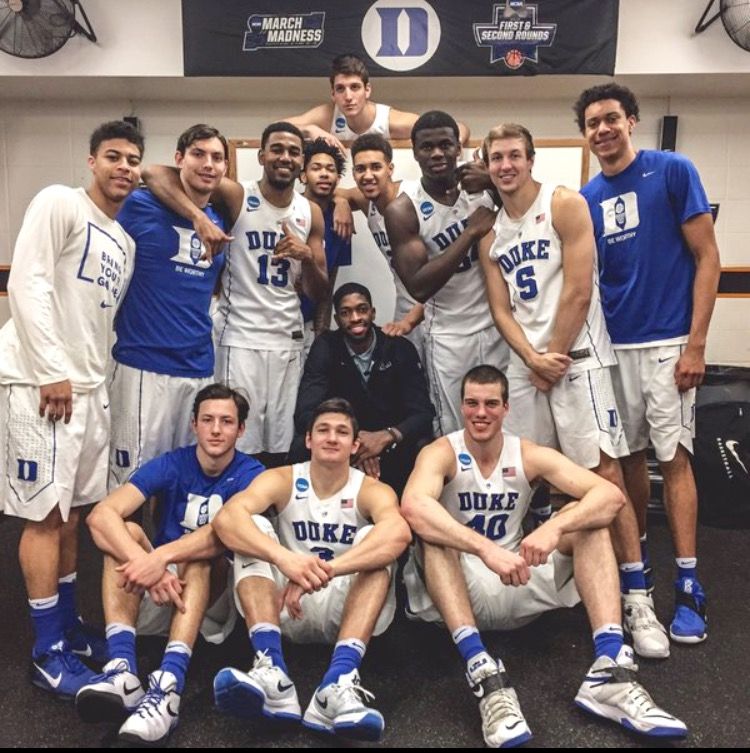 In 2016, he retired.
In 2016, he retired.
He went from good to GREAT!
This is why we believe bad teams can become average teams. Average teams can become good teams. Good teams can become great teams.
And really good teams can become state champions. Below, we have the proof to back that up from numerous coaches.
But first, read these mind-boggling stats about Marshall's 2-3 zone defense.
This is a picture of Coach Marshall leading his team through a 5 on 5 drill with the 2-3 zone defense. This same defense helped Coach Marshall and the Cascade Cougars lead the
state of Iowa in defensive scoring 8 out of 11 years.
Why This Zone Defense Helped Al Marshall Lead the State of Iowa in Defense... 8 of 11 Years!
From 2006 to 2016, Coach Marshall led the class in defensive scoring 8 out of 11 years.
And two of those years, he was 2nd. And the difference was less than 0.5 points per game each time.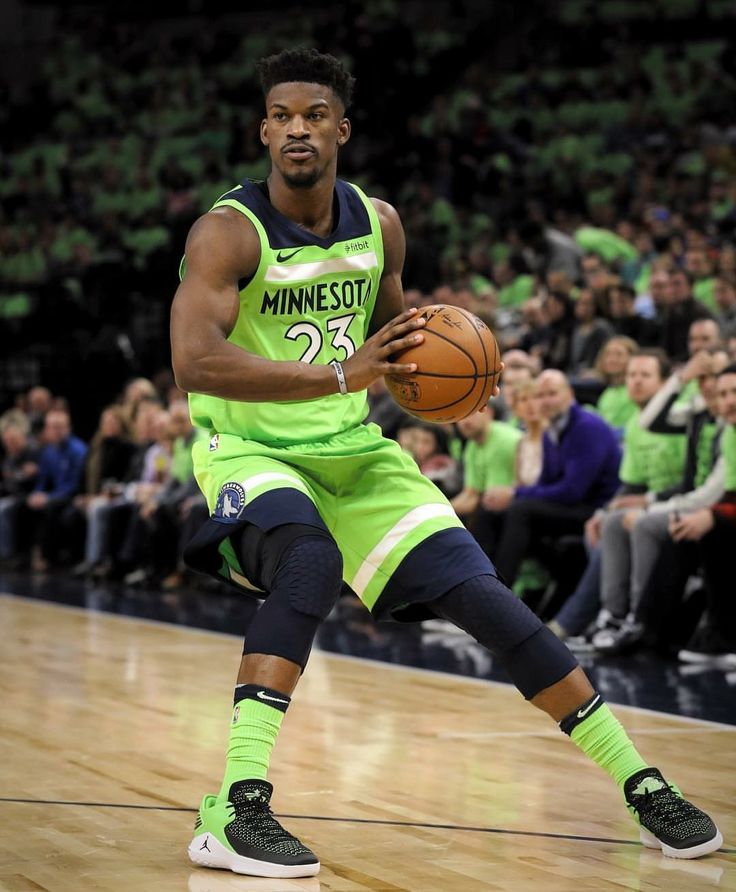
So it's very obvious that he knows what he's doing. And he's able to win with it!
Quite simply, this is how Coach Marshall did this, they...
Eliminate good shoots and force the other team to take poor and even horrible shots.
Reducing your fouls and the number of free throws that your opponent attempts... the most efficient shot in basketball.
Mentally frustrated opposing coaches and players. This created a vicious cycle of bad shots and bad plays.
Let's get into it...
This Forces Your Opponents to Take the Worst Shot in Basketball
Here's how Coach Marshall once led the state in scoring defense with 31.9 points per game!
Coach Marshall's teams have high and wide hands. When you look at the zone, it reminds me of an octopus. It looks like a bunch of entangled arms and legs
everywhere!
It appears that there are ZERO open driving and passing lanes.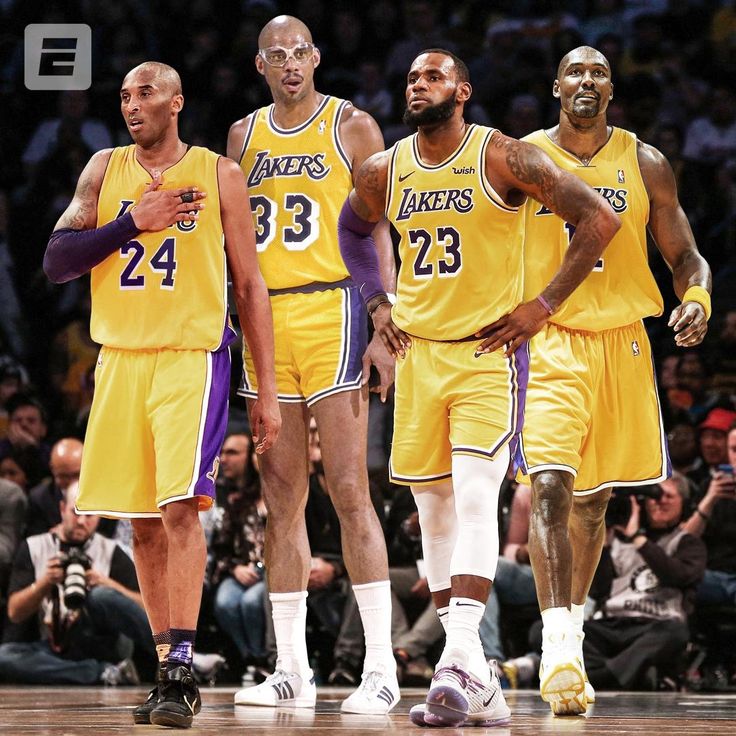
As a result, players don't attempt to penetrate the zone as much. This reduces the number of high-percentage shots in the lane.
It also reduces drive-and-kick shots.... another high percentage shot.
If somebody dribble penetrates, your best shot blockers and shot contesters are ALWAYS in the lane.
When you do ATTEMPT to drive, you have scrappy guards clawing at the ball without fouling.
Then you look up and there's a big getting ready to block or contest your shot.
There are no easy baskets close to the basket. Every shot is contested or deterred.
-
On 3-point shots, you also have your best perimeter defenders.
This means that they can quickly recover and contest perimeter shots. And they can do so without fouling.
Your defenders are placed in positions of strength.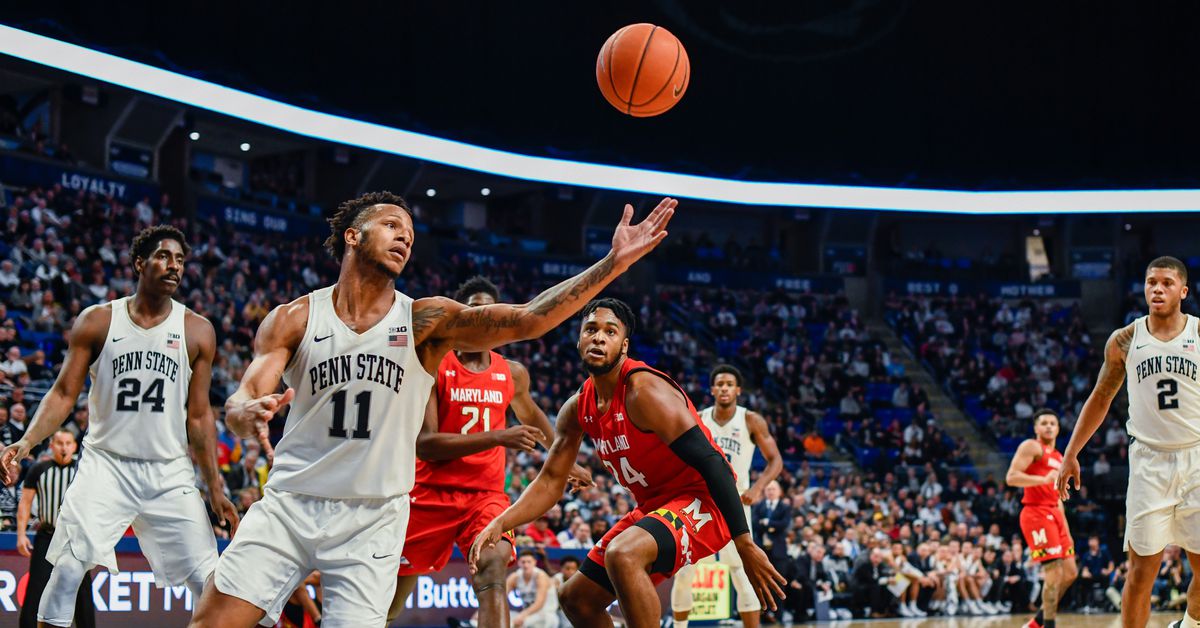
-
The zone defense eliminates almost ALL open 3-point shots by using a "bounce-back" technique.
Traditionally, you worry about giving up open 3-pointers against a 2-3 zone defense. This is not the case with Coach Marshall's zone defense.
With Marshall's zone defense, you use your bottom players on the zone to defend the initial shot on the wings. Then you quickly bounce back to defend the basket when the guard defender recovers.
This forces your opponent into contested, perimeter jump shots.
And statistically, what's the worst shot in basketball? Contested perimeter jump shots. This is what Coach Marshall's zone defense forces you to shoot.
And often, the opposing team gets extremely frustrated. Then they start shooting 25 foot contested jump shots.
They go from poor shots to horrible shots.
The result is leading the state for 6 straight years in defensive field goal percentage.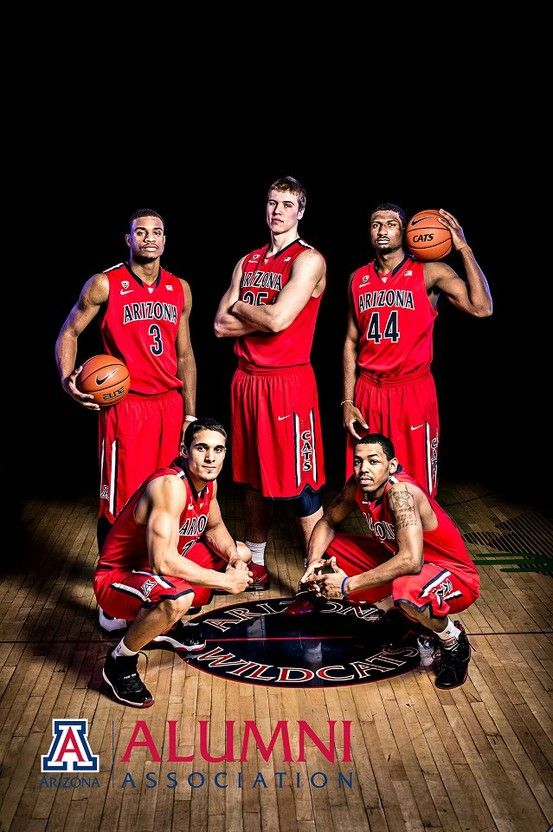
If you want similar results, here's how to take action now...
How You Can Develop and Teach Al Marshall's Zone Defense - With Step by Step Instructions
We were really excited to develop this video because it shares the secrets behind the best zone defense we have ever seen...
Al Marshall's Aggressive 2-3 Zone Defense ...The Defense Your Opponents Will Hate!"
The Video/eBook package gives you the drills, coaching tips, and step-by-step instructions on how to develop a great 2-3 zone defense.
A defense that has helped multiple coaches win state championships!
What You'll Get in this Video and eBook Package
Video #1
Chapter 1 - Introduction and Keys to a Successful Zone Defense
-
Why the Al Marshall Zone works.
-
The 3 critical goals that drive your defense.
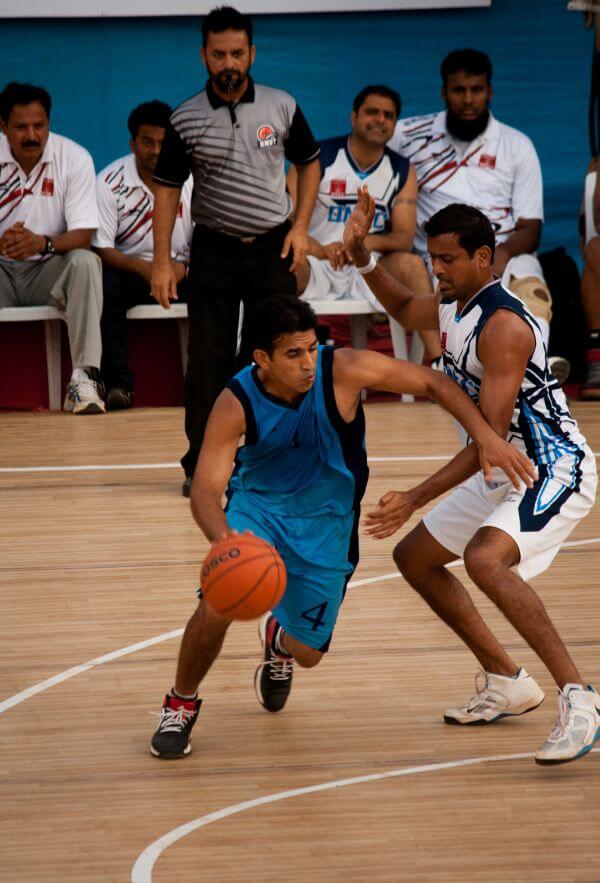
- The 3 critical principles you need to emphasize to make the defense effective.
-
Who should use the zone defense.
Chapter 2 - Initial Setup and Basic Slides
-
Whiteboard and on court demonstrations.
-
Basic slides and positioning.
-
How to handle various passes and situations.
-
How to handle screens and movement.
-
How to cover the short corner and high post.
-
Keys to a quick defense.
-
How to take away the easy shots.
Chapter 3 - 12 Drills to Build Your Defense
-
Drills to develop quickness and anticipation.

-
Drills to keep players in their stance.
-
Close out drills.
-
Situational drills.
-
Overload drills.
- All the drills that Al Marshall uses to build his defense.
Chapter 4 - The 2-3 Zone in Action
-
Live demonstration of the zone defense.
-
Key teaching points.
- See how the defense comes together, takes away easy shots, and frustrates the offense.
Video #2
Chapter 5 - Common Offenses & Teaching Points
- Learn how to defend various offenses like 4-out 1-in, short corner, and so on.
- See Coach Marshall make corrections and teach in a practice environment.
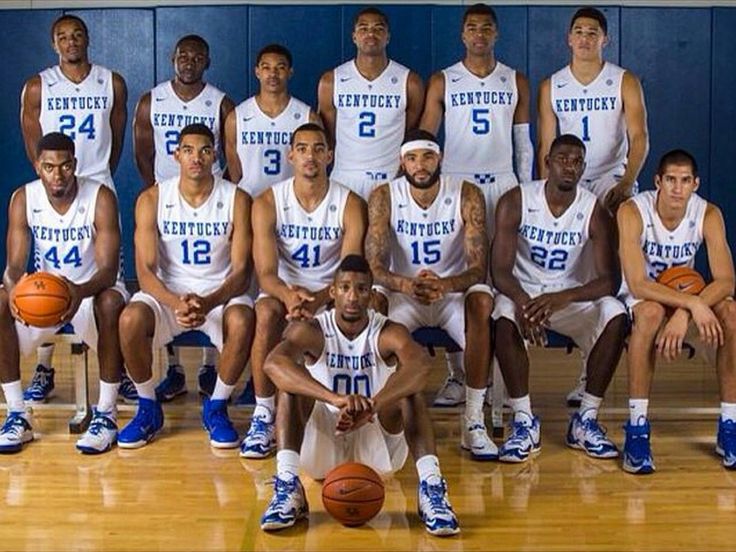
- Learn key teaching points and tips to make your zone defense more effective.
Chapter 6 - Defending Set Plays
- Learn how to defend against set plays.
- See how Coach Marshall defends the common set plays that he runs into.
Chapter 7 - How to Make Adjustments
- One of the keys to their success is making adjustments. Learn how Al Marshall makes defensive adjustments.
- Learn how to make in-game adjustments.
- Learn how to make adjustments based on your personnel.
- Learn how to make adjustments based on your opponent.
- Learn how to adjust your zone to accommodate athletic guards.
- How to stop great shooters.
- How to stop great post players.
- Alternate coverages for you to consider.
- How to extend the zone and apply more pressure.
Chapter 8 - Q & A with Al Marshall
-
Find out the keys to his success.
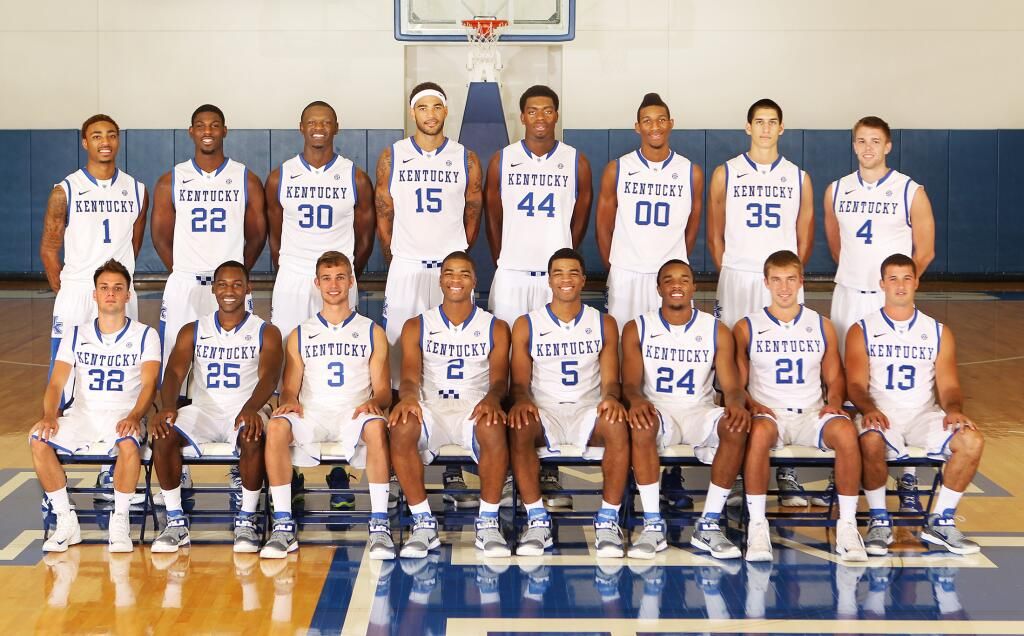
-
Learn how your offense can affect your defense.
-
Learn how to get players to buy in.
- Learn how to incorporate the defense into your own program and situation.
-
Keys to getting a competitive edge.
Chapter 9 - Closing Thoughts
-
Final words of wisdom.
- What you should do next and incorporating the defense in your program.
Approx. running time is 110 minutes.
23 Page Supplemental eBook
For your convenience, we have diagrammed the 12 drills included in the Al Marshall 2-3 zone video and documented a step-by-step process for you to implement the zone defense.
Right now...…
JOIN NOW
Click the "Join Now" button and get immediate access to the Al Marshall's Aggressive 2-3 Zone Defense.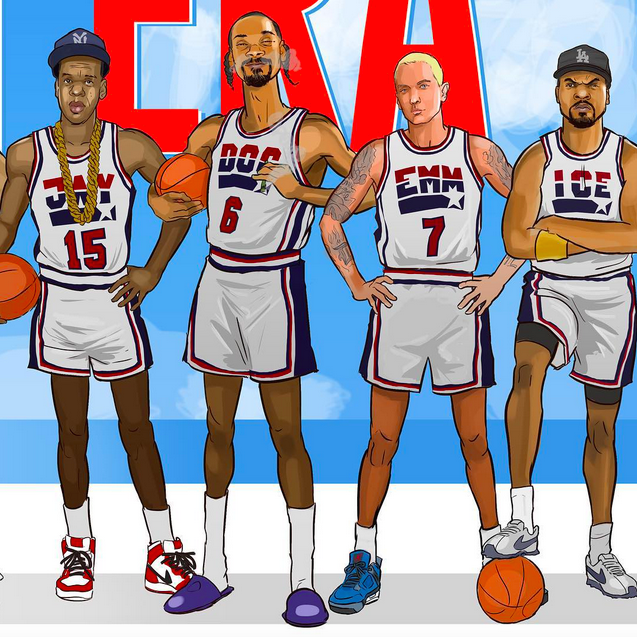
"Al Marshall Is One of the Best Coaches I Know..." - Greg McDermott
Greg McDermott is the current head coach Creighton University. Under McDermott's tenure, they have ranked as high as #9 in the country.
He also coached his son Doug who was National Player of the Year and finished 5th all-time in NCAA scoring.
Here is what Greg said...
"Al Marshall is one of the best coaches that I know. And I was lucky enough to play for him in high school. He, among other coaches, has been instrumental in my coaching development. In addition to coaching basketball, he taught me the value of hard work. And we all know that he does an unbelievable job with his 2-3 zone defense."
Don't Decide Now
(60-Day Unconditional Money-Back Guarantee)
This defense has the potential to save you 10 points per game! I know that's a lot...
But if you have an average defense, this can definitely happen.
Even if it's only 5 or 6 points per game, that can make a big difference!
This can literally be the difference between you winning 40% and 70% of your games...
It can be the difference between you making the state tournament and winning the state championship.
In fact, if it doesn't get you at least 5 points per game, ask for a refund.
And if for any reason, you are not fully satisfied with your purchase at any time, we'll be happy to give you a full refund.
No questions asked. No making you feel bad.
You can even keep the program as our way of saying "thank you" for trying it out.
JOIN NOW
How This Keeps Your Best Players on the Floor and Requires Less Depth
Legendary North Carolina coach Dean Smith once said, "The key statistic is getting to the foul line."
And the free throw is by far the most efficient shot in basketball.
According to Nylon Calculus, the free throw in the NBA was at 1.51 points per possession. While three-point shots were at 1.08.
So from a defensive standpoint, you want to reduce free throws.
Of course, numbers would be slightly different for high school and college, but you get the picture.
The diagram above shows that in the NBA, teams scored 1.51 points per possession when shooting free throws. It is by far the most efficient shot in basketball.
As a defense, you want to minimize free throws.
With Coach Marshall's drills and coaching points, he shows you how to master your positioning and the use of your hands. This means fewer fouls for you and fewer free
throws for your opponents.
And because you don't foul as much, the opposing team doesn't get in the bonus. This means they don't shoot free throws... the most efficient shot in basketball!
Additionally, this means you can keep your best players out there longer.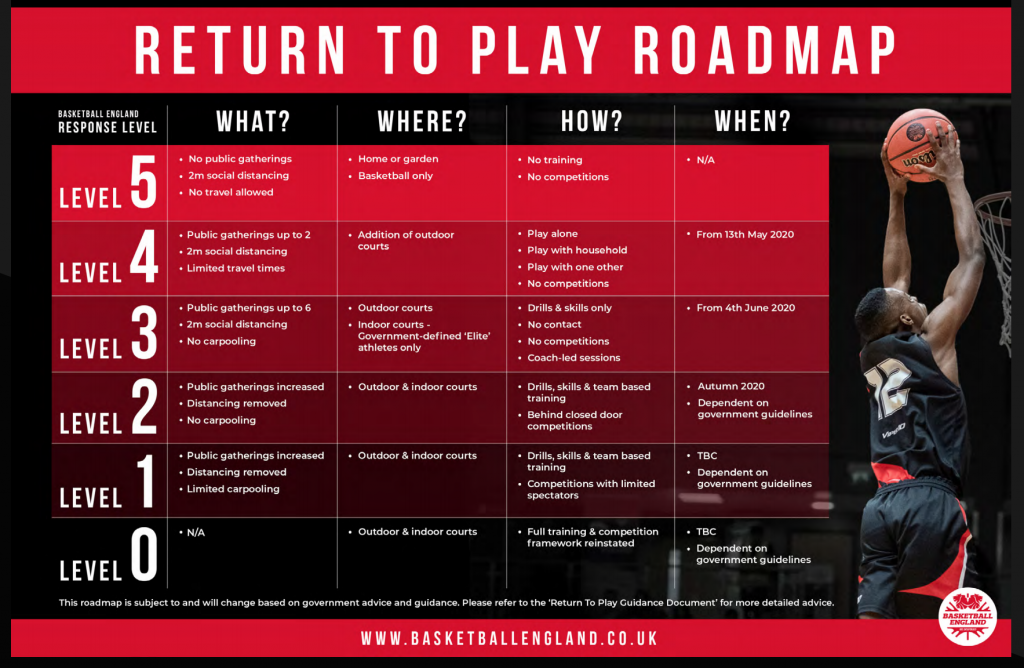
In the 2016 state semifinal and championship games, Coach Marshall played 4 of his 5 starters almost the entire game. They only played 6 players.
This means you don't need as much depth to win!
Coach Marshall's Teams Only Fouled 11 Times per Game!
My gut always told me that Coach Marshall's teams fouled less, so I went back to look at past stats when my teams played him. This is what I found.
For the 8 games we played them, we had 150 fouls compared to Coach Marshall's 88 fouls. We averaged nearly 19 fouls a game. They averaged 11 fouls a game.
There was only one game in which we tied or had fewer fouls. That was the only game that we won on a buzzer beater.
And I guarantee that a lot of our fouls were stupid fouls... there are frustration fouls that come with playing against Cascade's zone defense.
And this means you get to shoot more free throws while the other team is not.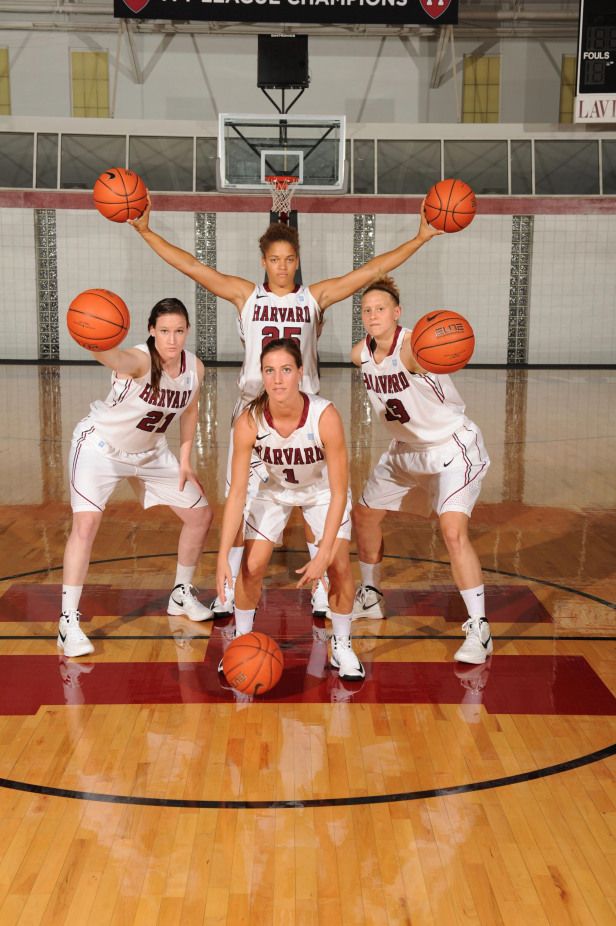
You get to shoot the most efficient shot in basketball at the end of the game while your opponent does not.
The diagram above shows that over the 8 games that I played Coach Marshall's Cascade Cougars, we had nearly twice as many fouls. Cascade had 88 fouls while we had 150 fouls.
This is part of the reason that they won 7 of those 8 games.
Like a Football Team... Your Defenders Are Put in Positions of Strength
The defensive players in the zone are trained similar to American football. Lineman, cornerbacks, linebackers, and safeties. They are specialists.
They are put in position of strengths to stop the other team from scoring.
They also have fewer responsibilities to learn than a traditional man to man defense.
Because your players are able to get hundreds and hundreds of repetitions with fewer situations, they become better at defending those situations.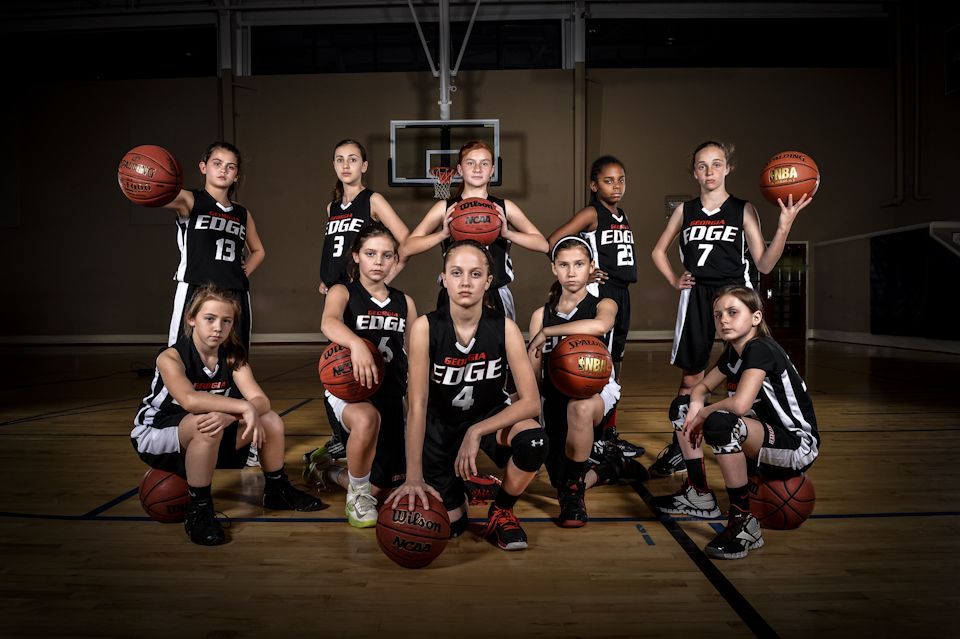
Why This Is Great for Postseason Play... and Held the State Champion to 31 Points Below Their Average
In the conferences that I've coached and played, most teams played man to man defense.
So if 80% to 90% of the teams you face play man to man defense, what are you going to practice the most against?
It's not worth your time to spend the majority of your season on zone offense for a few games every year.
Coach Marshall took advantage of this situation. He said to us, "How can they fully prepare for our defense in just two days?"
This not only works in the regular season, it works in the postseason. Just look at what Cascade did during one of their state tournament appearances.
First round game - held Osage to 27 points. This was 32 points below their average.
Semifinals game - held Pella Christian to 36 points. This was 26 points below their average.
State championship game - held Western Christian to 42 points. This was 31 points below their average!
So think about that.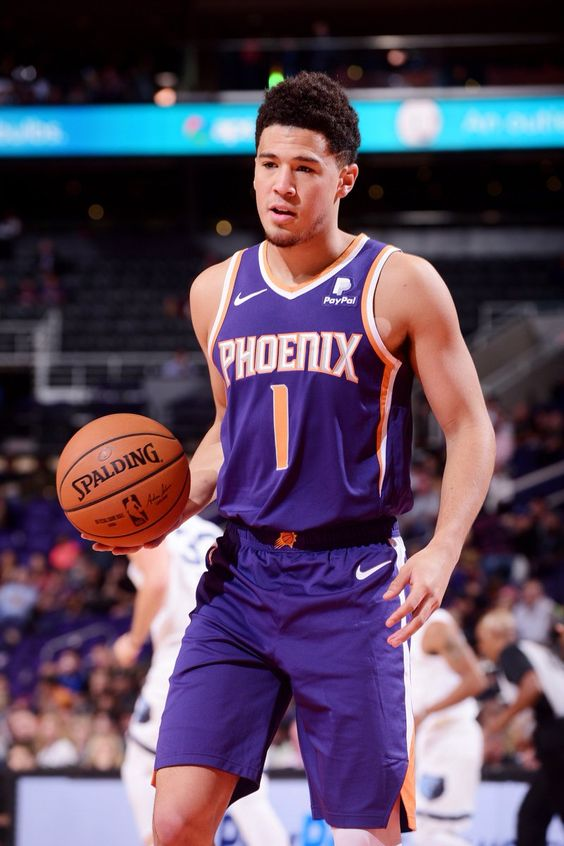 .. They held the best teams in the state by an average of almost 29.7 points per game.
.. They held the best teams in the state by an average of almost 29.7 points per game.
Personally, I don't think it matters if every team plays a 2-3 zone defense. Coach Marshall's defense is special, particularly, the way he teaches it and shows you how
to teach it. There is no way to prepare for it!
This chart shows how difficult it is to score against Coach Marshall's 2-3 Zone Defense. At the 2016 state tournament, Coach Marshall's Cascade Cougars held their
opponents to an average of 29.7 points below their season average!
JOIN NOW
You Have More Practice Time for Offense, Skill Development, and Schemes!
As mentioned above, it doesn't take much time to set up. In fact, it takes less practice time to be really good at the defense.
A few years ago, my high school coach Kevin Barnes said this to me...
"Joe, besides being able to win some extra games strictly because of this defense, I don't know if people realize the value it provides on offense.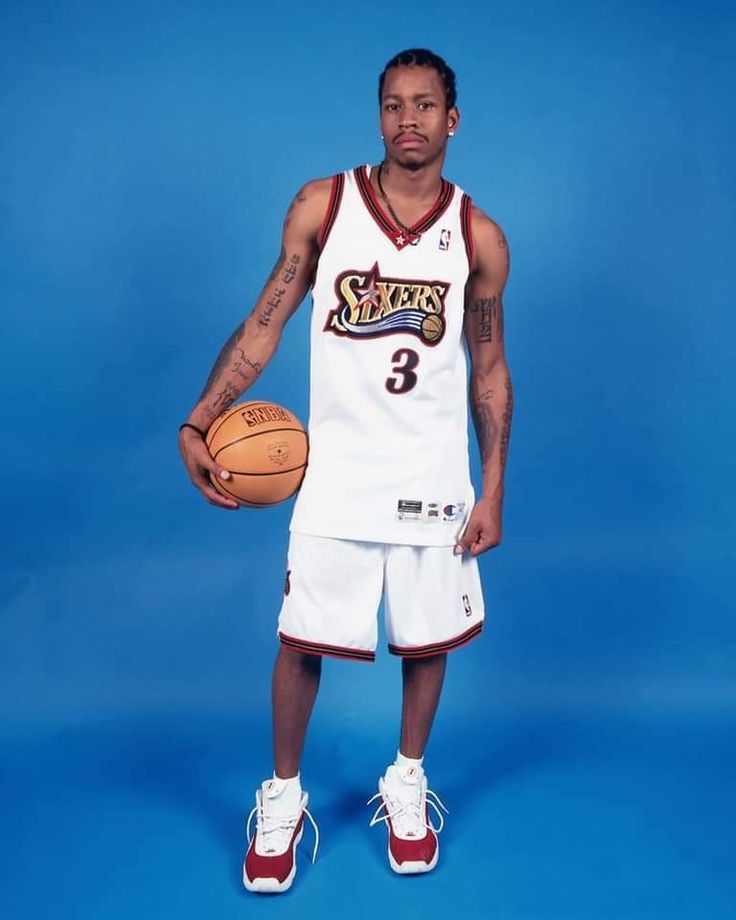
Because it's so simple to teach the zone defense, you don't have to spend as much practice time on it.
And now you can spend more time on offense, skill development, and schemes. It helps you win more games because your offense improves too."
Coach Kevin Barnes and the Anamosa high school 2015-16 basketball team. Coach Barnes is a big fan of the 2-3 zone defense. In the past, it has helped compete and win more games
with less talent.
How This Defense Frustrated an All Conference Guard so Much... He Flipped the Bird to the Crowd
As mentioned earlier, this defense frustrates you like no other. My senior year I was an All-conference guard and I shot 19% (4 for 21) against them.
And in that same year, another really good guard in our conference had similar frustrations. This guard SHOULD have been unanimous 1st team all conference.
However, he got extremely frustrated during the game against Coach Marshall's Cascade Cougars.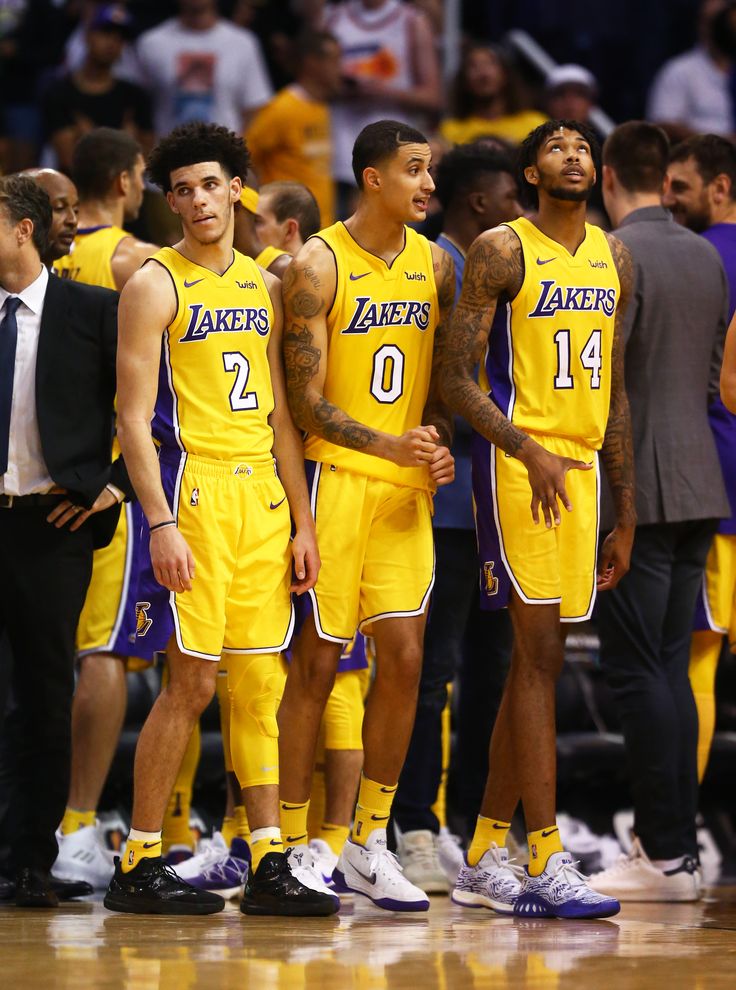 In fact, he turned around and flipped two birds to the whole Cascade crowd!
This is why he wasn't unanimous 1st team.
In fact, he turned around and flipped two birds to the whole Cascade crowd!
This is why he wasn't unanimous 1st team.
And this type of frustration is routine when you play Coach Marshall's 2-3 zone defense.
Almost every team that had great guards just suffered against this defense.
If you were able to catch any of their state tournament games, you could visually see it. I was fortunate to watch it online.
All State guards were getting so frustrated that they started shooting contested shots from the NBA 3-point line. Horrible shots.
In the 2016 semifinal game, a guard who was first team all state scored only 5 points on 2 of 9 shooting. He averaged 19.5 PPG for the season.
In the 2016 quarterfinal game, nobody on the opposing team scored more than 6 points.
This Defense Makes Your Opponents Hesitant and Indecisive!
As mentioned above, I can personally relate. I've played and coached against the zone defense.
The defense creates so much indecision and hesitancy. It doesn't matter how much you talk about it and prepare for it. When you get out there, you are
just overwhelmed.
There are never any open driving lanes. When you get in the lane, somebody is contesting every shot.
You have to be extremely careful with every pass because they're masters at anticipating and deflecting passes.
Most times, you end up 25 feet from the basket catching the ball.
Then you get frustrated. Then you start making stupid decisions. Then you start making bad passes and taking bad shots.
Now, imagine yourself in Coach Marshall's shoes. Your opponents are shooting contested 25 foot jump shots. You're probably going to win a lot more games!
JOIN NOW
This High School Girls' Coach Won Back-To-Back State Titles! "Most User-Friendly Zone Video I Have Ever Purchased"
Nate Sanderson is the head coach of Springville high school in Springville, Iowa. In 2015, his team got 2nd place. In 2016 & 2017, they got 1st place! While coach Sanderson left, Springville won a 3rd straight championship in 2018.
In 2015, his team got 2nd place. In 2016 & 2017, they got 1st place! While coach Sanderson left, Springville won a 3rd straight championship in 2018.
Here is what Nate said...
"I can tell you that the structure and drill progression we learned from the Al Marshall 2-3 Zone Video was instrumental in helping us implement the 2-3 Zone
Defense after being a man-to-man coach for most of my career prior.
Al does an excellent job explaining court positioning and player responsibilities, as well as adjustments for a lot of common actions we've
encountered since going to the 2-3 Zone.
His video is by far the most comprehensive and user-friendly zone video I have ever purchased.
We've had a lot of success running exclusively 2-3 Zone since we made the switch including a state runner-up finish, and two state championships!"
Coach Nate Sanderson and the Springville girls celebrating their 2016 state championship victory.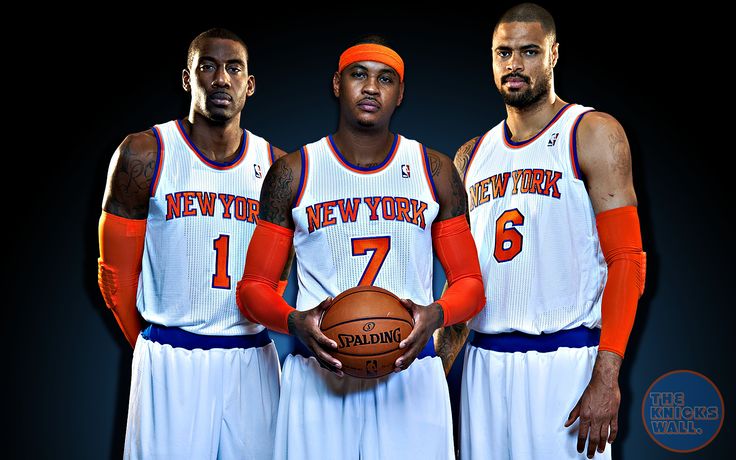 Coach Sanderson used the 2-3 zone defense to pull
out the close win.
Coach Sanderson used the 2-3 zone defense to pull
out the close win.
How Our Man to Man Defense Team Went to the State Championship Game Because of the "Secret Weapon" Zone Defense
During the 2010-11 season, I was an assistant varsity coach at Blue Valley Northwest in Overland Park, Kansas.
We ended up playing in the 6A state championship game that year.
And during the season, there were two games that went down to the last second. And in both games, the opposing team had the ball.
Even though we primarily played man to man defense, our coach used a sneaky little tactic that tricked two veteran coaches.
We showed a soft man to man full court defense. Then when they passed half court, we transitioned into a 2-3 zone defense.
In both games, the opposing players and coaches were baffled. And both games ended with them shooting a desperation shot that had little chance to go in.
And you could argue that those two games were vital for us making the state championship game.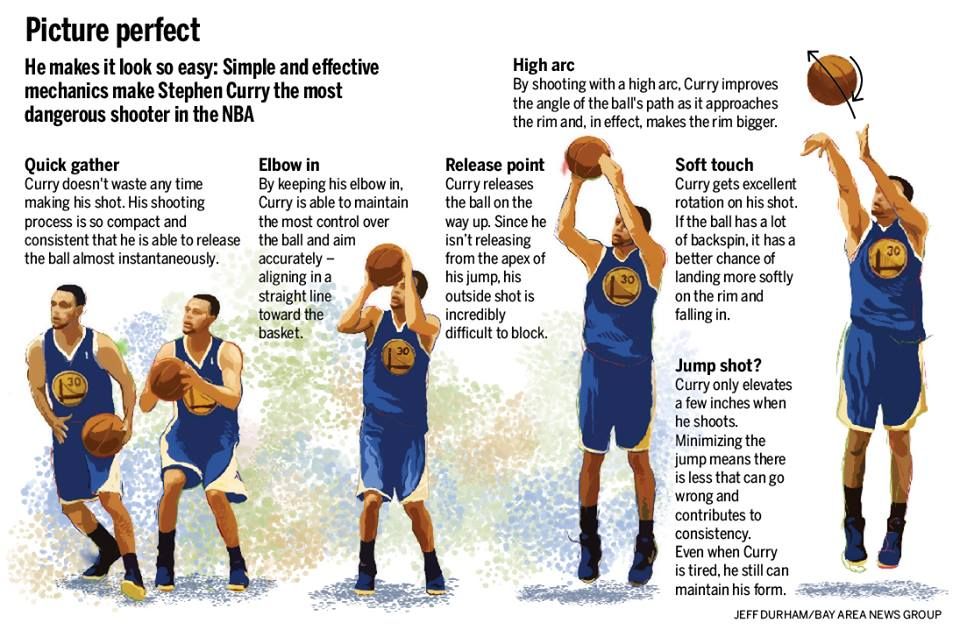
With a lower seed, we might have played the state championship team in the quarterfinals instead.
So it could be critical for you to have this zone defense in your back pocket for strategy purposes. It could also be the reason you make it to the state championship
game... like us.
JOIN NOW
Improves Your Zone Offense Because...
I found that before I started teaching this zone defense to practice against it... my zone offense wasn't good.
As soon as I made this change, our zone offense improved quite a bit.
We actually had opposing teams switching from zone defense to man to man defense. This never happened to me before.
And it takes very little time to teach.
At the beginning of the season, I spent about 30 to 45 minutes teaching the 2-3 zone defense.
I did this over two practices.
I had each player learn one spot. This allowed me to be super efficient in teaching the defense.
After you teach the foundation, you can spend 10 minutes running the 5v5 to refresh and emphasize key points.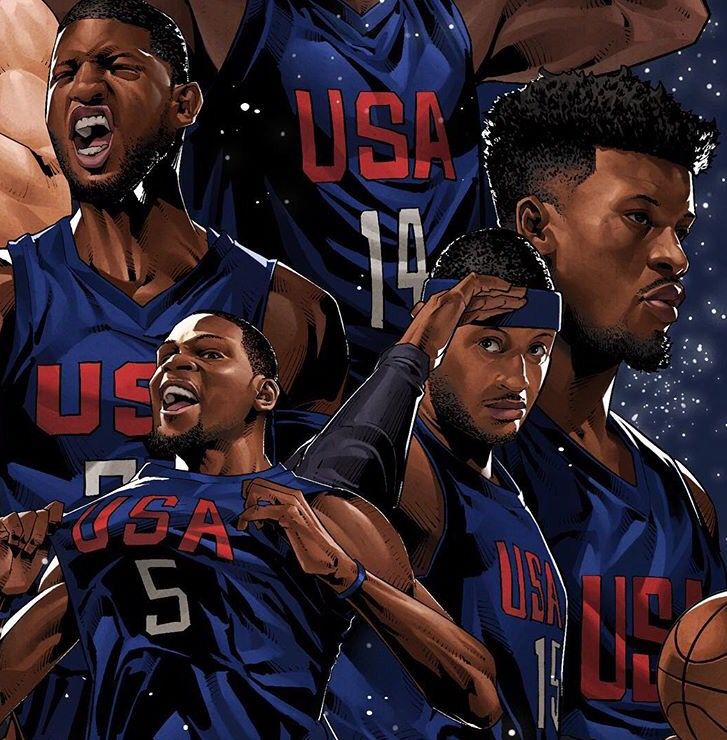
You can do this once a week or every few weeks depending on your situation.
Also, if you have an assistant, you can have them coach the zone defense while you practice zone offense. This is the most efficient way to do it.
"One of the Best Resources I Have Seen in My Coaching Career"... Been Coaching Since the Early 1970s
Check out what George Steyer from Medina, Ohio said...
"I started coaching high school basketball in the early '70s and have used a wide variety of resources since then - books, articles, audio tapes, video tapes, DVD's, etc.
Many times I was disappointed in the resource and felt it was a waste of my time and money. Coach Marshall's Video does not disappoint you - it is everything the promo promises it
will be! It is one of the best resources I have seen in my coaching career.
Coach Al gives you everything you need in an easy to follow step-by-step format to incorporate the 2-3 zone with your team - philosophy, drills, slides, adjustments for
different offenses, variations of the zone, etc. "
"
"Explains How to Defend Short Corner and Quick-Hitters"
Here is what Carlos Lopez from Pueblo, Colorado said...
"I have purchased every zone defense book and video out there. Coach Al Marshall's video is the best I have seen.
The past videos that I have purchased did not explain how to defend the short corner. Coach Marshall explains this in detail and shares different ways to make adjustments in the short corner.
He also explains how to defend different quick hitters. I believe the only thing left out was defense transition into the Zone. Everything else was accomplished.
You will not be disappointed!"
First Ever State Championship After Switching to the 2-3 Zone Defense out of Necessity!
Coach Marshall's zone defense is a big reason that we won the state championship, made another state tournament appearance and were competitive the season before that.
In the 2013-14 season, we made a change to the zone defense out of the necessity.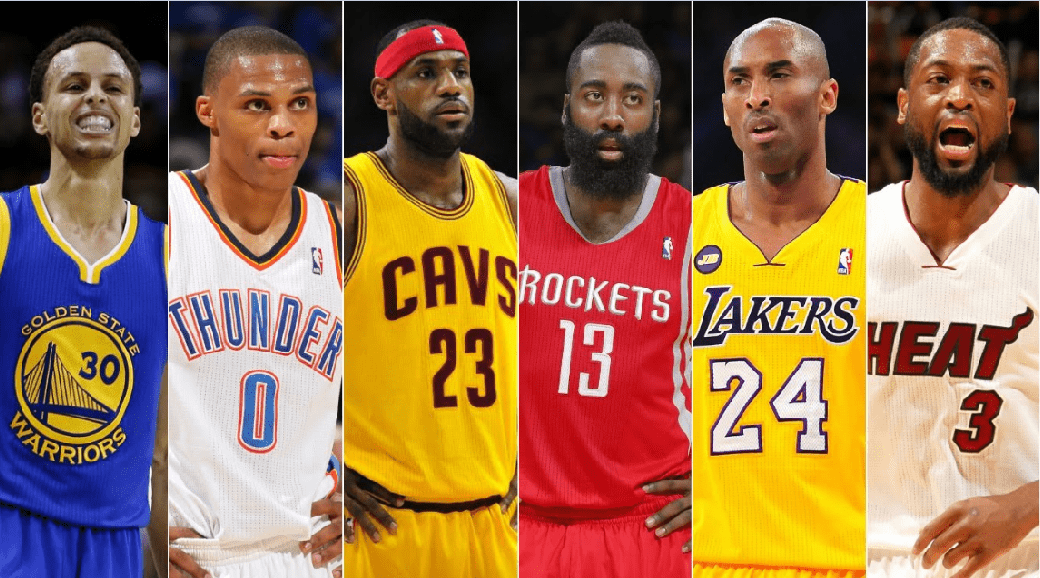 We had a young, inexperienced team that lacked size and strength. Post defense and
rebounding were going to be major concerns. We finished the season .500 after a rough start.
We had a young, inexperienced team that lacked size and strength. Post defense and
rebounding were going to be major concerns. We finished the season .500 after a rough start.
Well, it worked quite well for us the following year. We made our first state tournament appearance in school history in 2015. We set the school record by
winning 22 games!
In the 2016 state tournament, we held our first round opponent to 49 points below their scoring average and won the state championship for the first time in school
history after entering the postseason unranked.
At South O'Brien, we finished 25-3 and we held opponents 42.5 points per game while they shot just 36 percent from the field.
- Kiley Yates - Head Boys Coach at South O'Brien High School, Paullina, Iowa
Coach Kiley Yates clapping on the sidelines during the state tournament. Coach Yates
helped lead South O'Brien of Paullina, Iowa to the school's first-ever state championship.
"Doesn't Leave You Wondering How He Teaches His Players the Progressions..."
Here is what Johnny Griffith from Exeter, New Hampshire said...
"This is a terrific video set. The teaching of the 2-3 itself is not that different from what you'll see in, say, Jim Boeheim's videos, etc.
What really sets this video apart is the clarity of the teaching and, even more so, the breakdown drills that Al Marshall so clearly illustrates with his players.
More than any other video I've ever seen, Al takes the time to break things down clearly and coherently and doesn't leave you wondering how he teaches his players the
progressions or how he breaks the defense down into its composite parts.
I highly recommend this for any coach interested in installing and running a 2-3 zone."
More Effective Against Overloads and Big Guys Sliding on the Free Throw Line
Here is what Coach McManis from Vienna, Virginia said..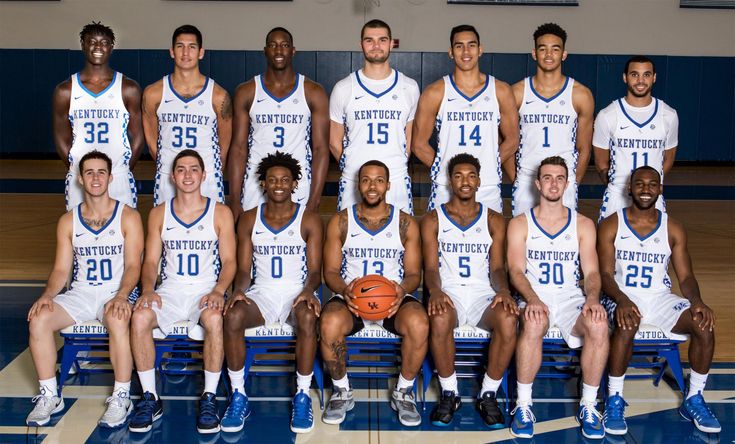 .
.
"To anyone looking to improve their 2-3 Zone defense I've found this to be an exciting find. Although I've ran a 2-3 for the last few seasons, I did not realize how
much I was missing to make it more effective against overloads and big guys sliding on the free throw line.
Just the boiler plate basics explained simply, but in greater detail, helped my defense understand exactly why they were doing what they were doing and when to do it.
This has really made our team and tougher team to score on, which is a must if you are shy on good shooters. It made our defense better because it really works on pushing
offensive opponents to one side, pinning them there and forcing teams into taking low percentage shots.
I have no doubt if you are new to the 2-3 or have been running it for years you will learn something from this.
Five Stars + and well worth my money.."
Take the First Step
Click the "Join Now" button below to reserve your copy of Al Marshall's Aggressive 2-3 Zone Defense.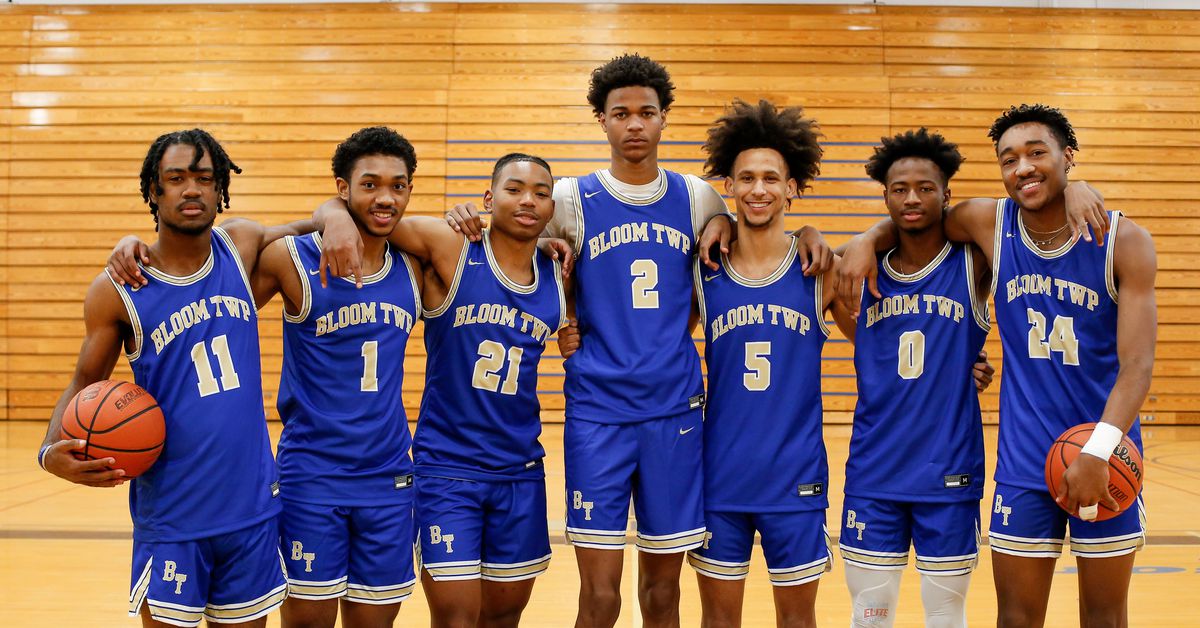
And make this season your best one yet!
JOIN NOW
All the best,
Joe and Jeff Haefner
Click Here to immediately claim your copy.
Basketball coaching hacks: how to score goals for beginners
Even if you are a novice basketball player, we will not give you a training plan, but we will tell you why the ball flies anywhere but into the ring and into your hands. It's all about technique: even with regular training and perseverance, novice adults and children often make simple mistakes. It's a shame, let's fix it. Below are 11 life hacks on how to hone your technique to increase the likelihood of a goal for your team.
Basketball Shot Rules for Beginners
1. Hands up
In pursuit of the attacker, raise your hands, even if you are standing with your back to the pass, and even more so if the ring is in front of you. Your raised hands will increase the chance of intercepting the ball from the opponent by 2 times.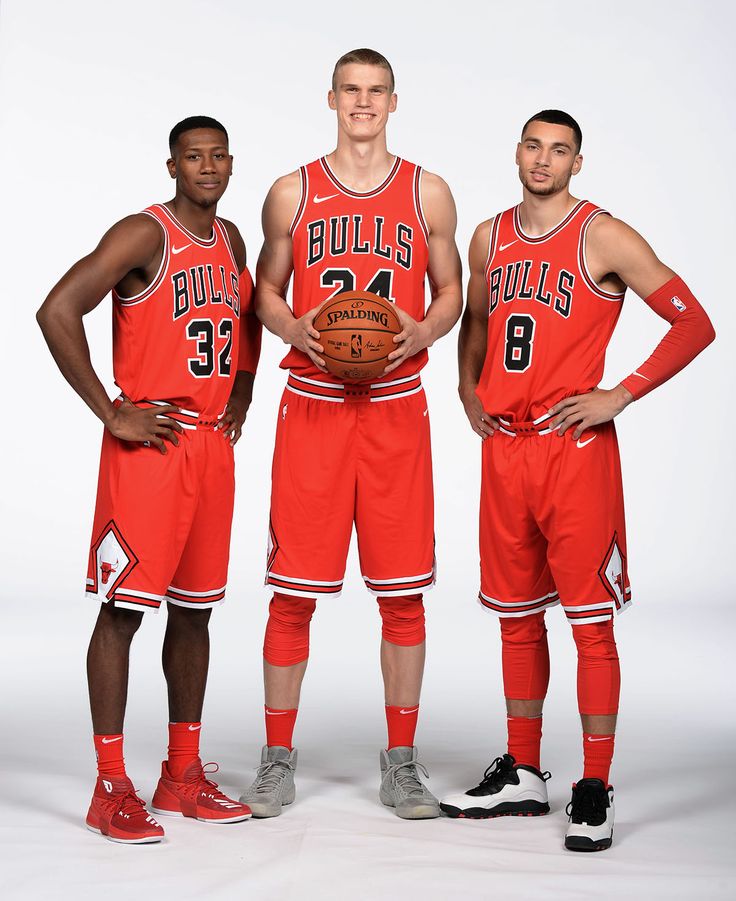 Don't overlook this little thing!
Don't overlook this little thing!
2. Make shield rolls
Even Tim Duncan did not neglect them! A square is drawn on the basketball backboard. If you are standing opposite the ring, then aim at the middle of the upper part of the square, if you are standing on the side, then at the corner. If you hit this square, then the ball is at 90% of cases will fall into the ring. The law of physics and no cheating!
3. Look at the ring, not at the ball
Practice driving the ball with your hand, not your eyes, develop tactile control. Your eyes should be on the hoop while dribbling and be aware of the position of your body in relation to the hoop. Then you will be able to take the correct posture, and the throw will be effective.
4. Dribble with the balls of your fingers only
The palm should not touch the ball, only the pads of the fingers. Dribbling should become familiar to you, like an extension of your hand. Then you can change its trajectory at any time and you will have more chances to score goals.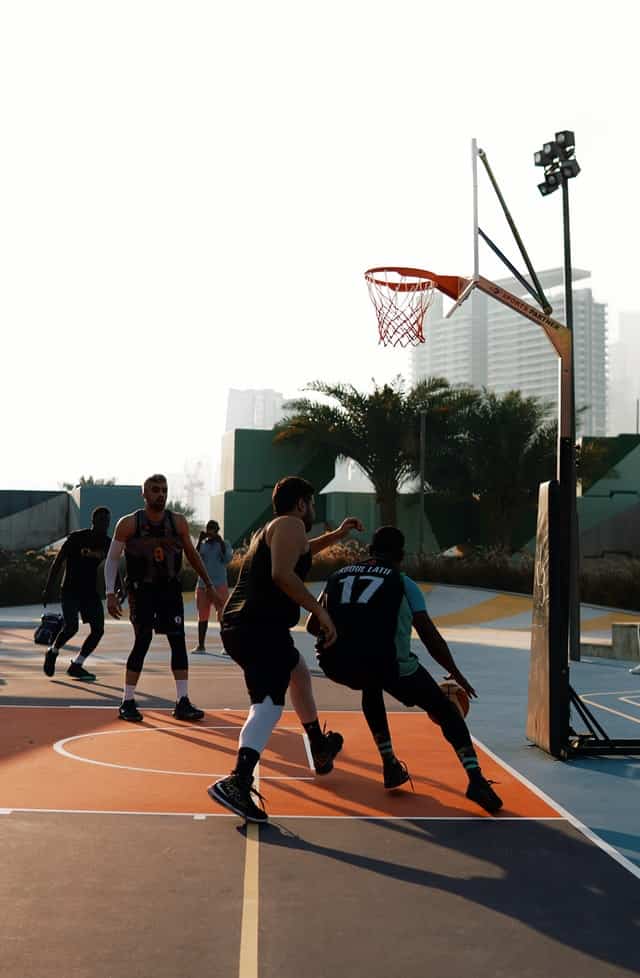 Practice with the ball constantly.
Practice with the ball constantly.
5. Throw with one hand
If you throw the ball with two hands, you reduce the chance of hitting the basket. All the efforts of the throw are in one hand (in the right for right-handers, in the left for left-handers). The other hand only holds the ball, the leading one holds it with the fingers, not the palm.
6. Do not jump when protecting the ring
Jumping is the main mistake of rookie defenders. To intercept the ball and block the shot, simply stick out your hands. When you are in a jump, the attacker will easily bypass you.
7. Don't look back
When you dribble, don't look back, but dribble and aim for the ring, focus on shooting (or passing to another player on your team).
8. Bring the throw to automatism
Incorporate the most basic basketball techniques into your training plan and bring the shot to automatism. Throw first from a distance of half a meter from the ring, gradually increasing it.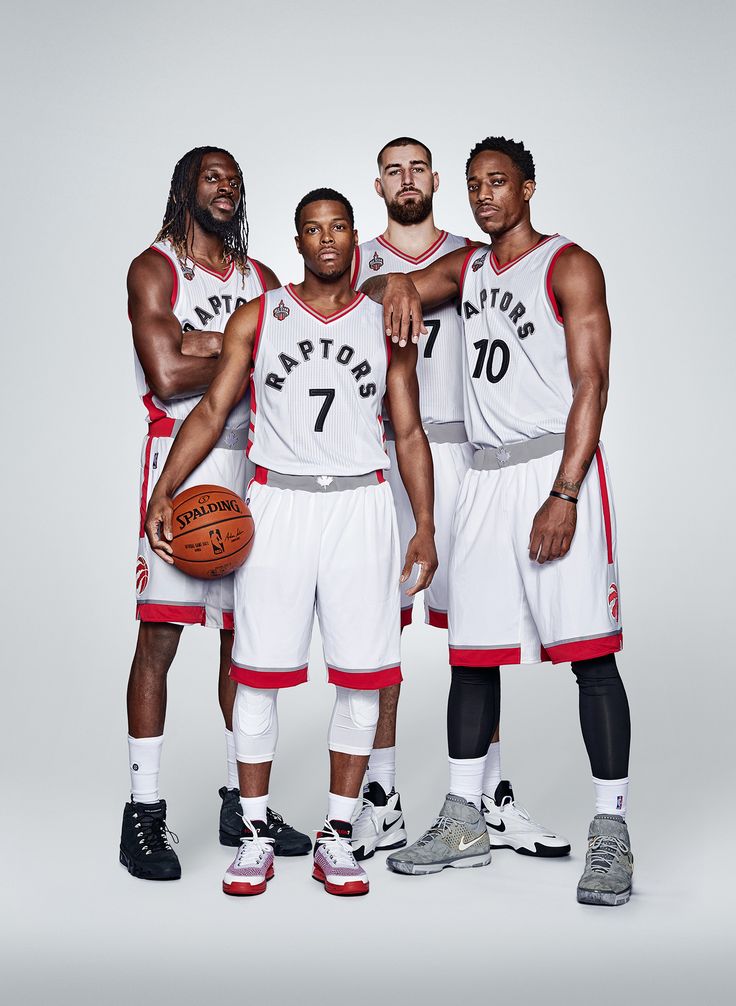 Learn to throw the ball so that it hits the hoop without touching the edge.
Learn to throw the ball so that it hits the hoop without touching the edge.
Throw the ball with all fives and jump
Throwing Rules:
- Head in the center of the body - if tilted, accuracy is lost.
- Look at the ring: mentally build a trajectory. If you are far away, the ball flies in a curved curve with a maximum height of 2 meters above the hoop.
- A strong hand is in front and throws, a weak hand is on the side and directs, only holding the ball. The elbow of the throwing hand must be in line with the ring.
- The ball must rest on the fingers without touching the palm. The fingers are as far apart as possible and grab the ball.
- Throwing arm bent 90 degrees, forearm perpendicular to the floor. If you bend less, then you get not a throw, but a throwing of the ball horizontally.
The main thing in the throw is the position of the body and its balance. Place your feet apart and parallel to each other: it is important to orient them in the middle of the basket. Then the direction of the body during the jump will coincide with the direction of the throw, and the ball will fly straight into the ring. When the feet are uneven, the ball flies in the wrong direction or does not reach (although the throw was normal).
Then the direction of the body during the jump will coincide with the direction of the throw, and the ball will fly straight into the ring. When the feet are uneven, the ball flies in the wrong direction or does not reach (although the throw was normal).
Take a deep breath and release as you exhale.
How to hold the ball and shoot in basketball
How to throw correctly: straighten your arm, point your wrist up, and with your hand set the ball to rotate in the opposite direction from the flight. The ball should seem to "roll" off your fingers.
9. Copy masters and play as a team
Watch professional basketball games and try to copy the movements of your favorite players in training. And be sure to conduct game sparring - this will allow you to develop more techniques.
10. Do not throw in a straight line
The higher the arc of the ball, the greater the chance of a goal and the less chance of blocking by the opponent.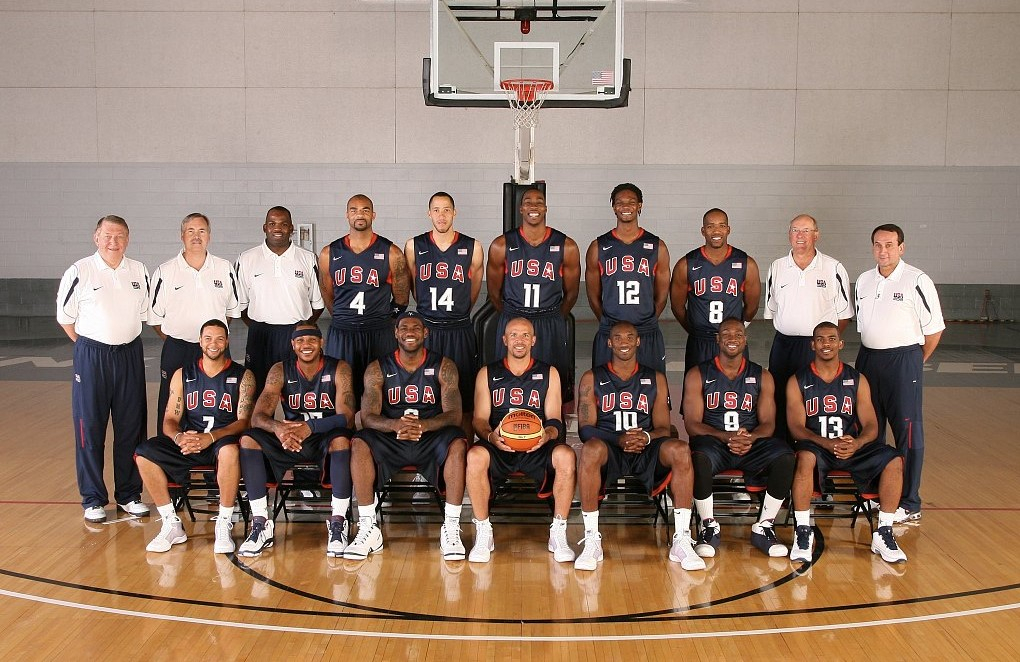
11. Do not throw the ball from a full height stand
This is the biggest newbie mistake!
Before the throw, bend your knees slightly and at the moment of the throw, straighten your body, making a jump. You need to straighten up and push off the ground at the same time. When squatting, keep the elbow of the throwing arm close to the body and towards the ring.
The jump will give momentum to the ball and will allow you not to make sudden movements with the brush.
***
And to be a long-term player, do not forget about your health: take care of your joints and muscles, use tapes, do a warm-up. And be sure to strengthen your arms, legs and shoulder girdle, develop coordination. Regular exercises on uneven bars and horizontal bars will help you with this.
A. Ya. Gomelsky about strategy and tactics in basketball
replica swiss watches
Strategy is the main theoretical direction of the entire team's work, which determines the means and methods of preparation for the main competitions.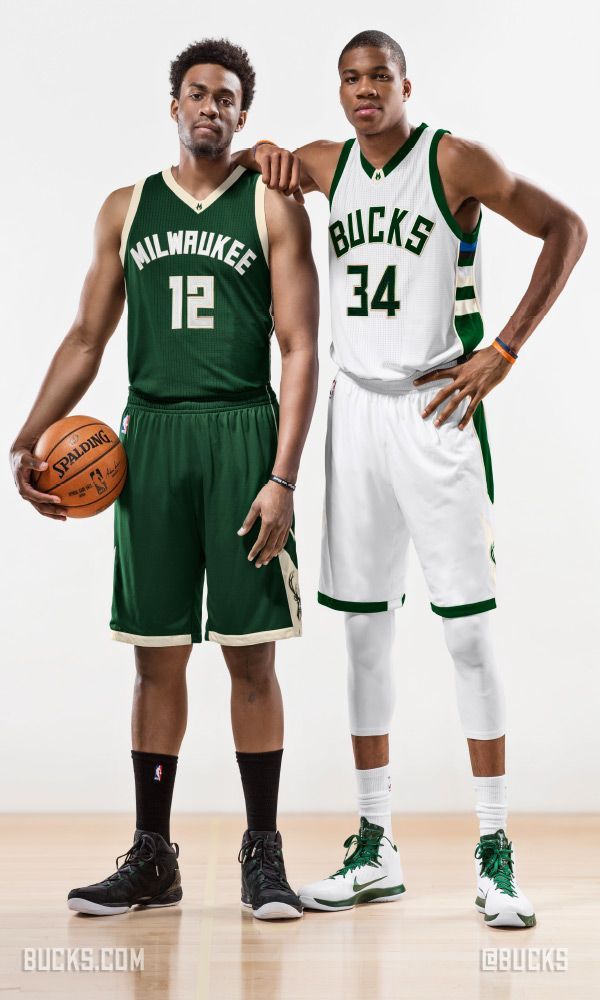 Four-year plan for the preparation of the USSR national team for the Olympics in Seoul - the strategy of the team in 1985-1988. The strategy also provides for the management of the team during the competition.
Four-year plan for the preparation of the USSR national team for the Olympics in Seoul - the strategy of the team in 1985-1988. The strategy also provides for the management of the team during the competition.
Tactics is a part of the strategy that solves the main tasks of training, taking into account specific capabilities - team resources, characteristics of opponents, competition conditions. All this determines the tactical and combination baggage of the team.
When choosing tactics of the game (attack), one should proceed, firstly, from the real capabilities of the players, taking into account, first of all, their strengths, for the disclosure of which combinations are built and learned. Secondly, attack tactics are determined by the strength and weakness of a real opponent in a tournament, match.
I usually discuss playing combinations with the players for whom this combination is designed. I know the strengths of my players, but the players themselves know them even better and can make significant adjustments to the combinations I have proposed.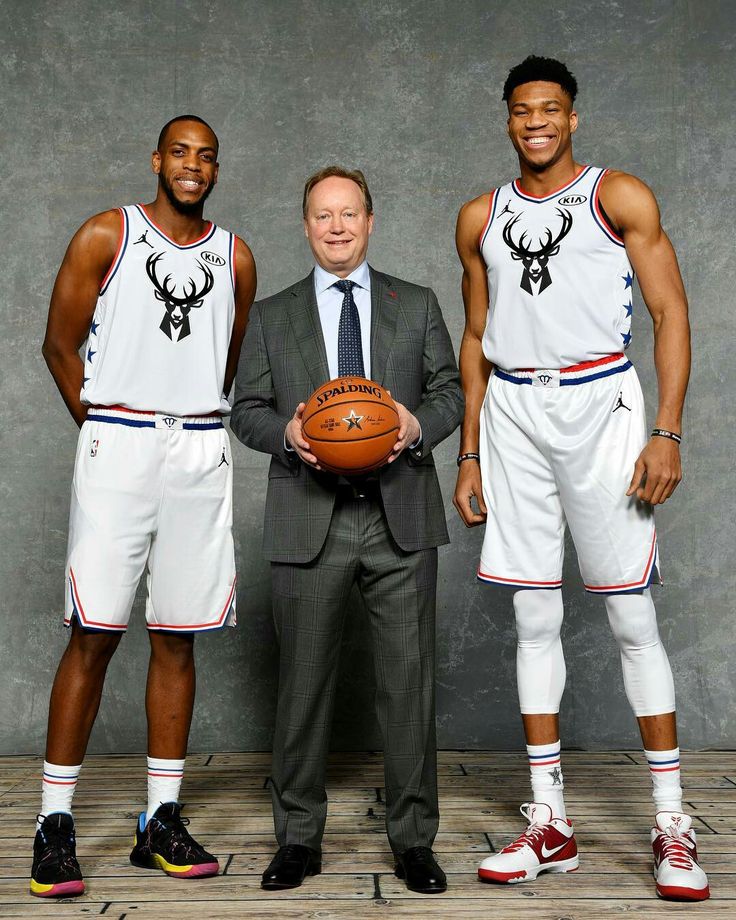
A.Ya. Gomelsky about playing defense
I believe that defense is the main concern of the coach: firstly, because the victory of the team largely depends on its strength, secondly, because the attack starts from defense, like from a stove, in- thirdly, because the players themselves never work on the elements of protection, and finally, because the audience, as a rule, does not see it, even journalists often underestimate it.
The best team cannot win without a solid defense. Team defense is built on the individual characteristics, capabilities and mood of all players. Often in training, and even in competitions, individual players show indifference to defensive actions. It always bothered me and even angered me. Yes, the menial work on defense isn't that spectacular - except for things like block shots, rebounds, interceptions.' And many players are not aggressive on defense, they are resting on defense, trying to prove themselves in attack.
I am sure that without great desire, responsibility, initiative, passion, it is simply impossible to defend today.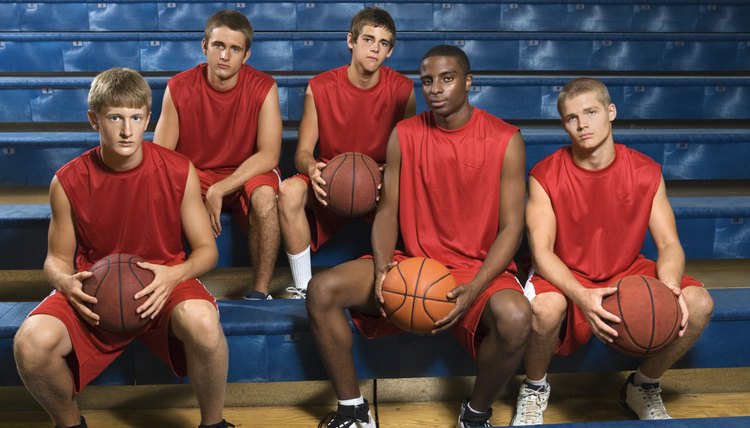
If the defender allowed the attacker to receive the ball in the danger zone, he has already lost. And how many cases when the center is allowed to receive the ball in the three-second zone under the shield, without striving to actively fight for an advantageous position.
Often defensive players are in no hurry, they do not concentrate their attention and efforts enough on this part of the game.
I want to emphasize that the psychology of defense is one of the most important concerns of a coach, and often more depends on the focus on defense than on technique and physical condition. Doesn't the ability to intercept the ball and win the rebound depend on the mind and the ability to calculate one's strength? If a player goes to intercept the ball, exposing his rear, and slips past the ball, is this not the result of poor calculation, inability to predict, anticipate the situation, think and act responsibly? All this is the psychology of defense.
I believe that a player who is weak and inept in defense causes more damage to the team than a player who is weak in attack. The definition of "good defense is head and legs", while still valid, is incomplete. Fast, tenacious, active hands that can both hit and intercept the ball, and prevent a throw, pass, kick the ball while dribbling - are no less important for a defender
The definition of "good defense is head and legs", while still valid, is incomplete. Fast, tenacious, active hands that can both hit and intercept the ball, and prevent a throw, pass, kick the ball while dribbling - are no less important for a defender
Counterattack
Counterattack is the most spectacular and quick use of all opportunities to achieve result.
Fast play requires high technique. The desire to play at high speeds is commendable and acceptable only if the speed does not exceed the state of the art. Otherwise, there will be more mistakes, losses of the ball than achievements. Therefore, in an effort to prepare a fast break, it is necessary to train the execution of all technical elements at high speeds, using both active and passive resistance of defenders in situations 1-1, 2-1, 3-2, 4-3, 5--4 and with numerical equality.
My idea of a counter-attack is not only to move quickly towards the opponent's backboard, but also to quickly transfer the ball to the opponent's backboard with sharp passes, or, if there is no free recipient to receive the ball, by dribbling the ball, actively moving forward.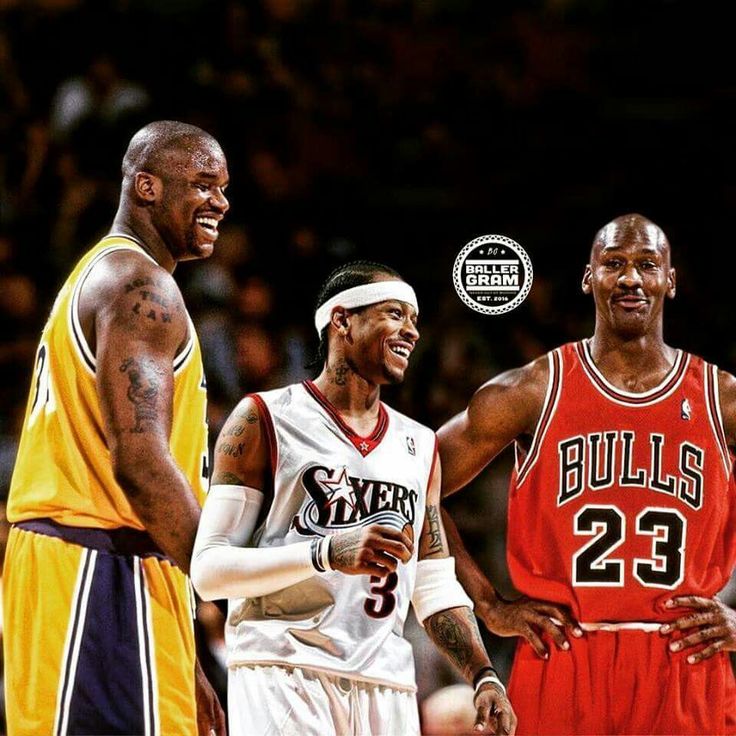 In the final stage of the fast break, players strive to create a triangle in the front line of attack with the apex on the free throw line. There should be a player with the ball, and two other players - to the left and right of him, 4-5 m ahead.
In the final stage of the fast break, players strive to create a triangle in the front line of attack with the apex on the free throw line. There should be a player with the ball, and two other players - to the left and right of him, 4-5 m ahead.
A counterattack is possible in the following situations:
1) when intercepting the ball;
2) when taking a rebound on his shield;
3) after the opponent has taken free throws;
4) after winning a dropped ball;
5) after the opponent manages to score the ball.
The best outcome of a fast break is taking the opponent's ring with a numerical advantage, when implementing situations in numerical equality: 1-1, 2-2, 3-3, 4-4. This is easier than beating a 5-5 defense that has already built up its defensive formations.
There are three phases in a counterattack that are equally important for success:
1) the beginning of a fast break - rebounding the ball, first pass, movement of the players, their start;
2) the middle stage of the development of the attack - the transition by the players of the middle line of the field, their advancement;
3) completion of the attack - passing the ball at speed and throwing in close proximity to the backboard.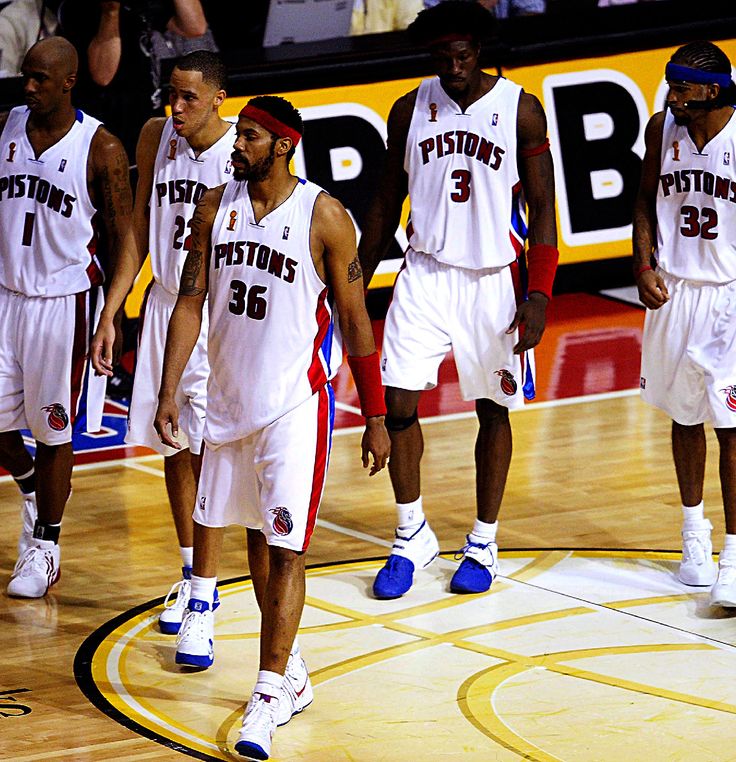
The timing of the "rehearsed fast break" depends on the speed of the players, the ball passes and the finishing shot. The USSR national team spent 5-7 s on a layered fast break. I think that the schemes of her tactical formations will provide great opportunities for the creativity of coaches working with any teams.
Playing in the USSR national team such powerful and tall centers as A. Sabonis and V. Tkachenko made it possible to carry out a counterattack through one long pass across the entire court.
Center #5, after recovering the ball from the backboard, passes it to runaway #2.
Such an attack was especially successful when building a zone or mixed defense, when one of the defenders or wingers playing in the front line of defense was given the task of running away at the moment of throwing at our ring, in the expectation that the giants would be able to take possession of the ball , bouncing off the shield, and make a long pass across the entire field.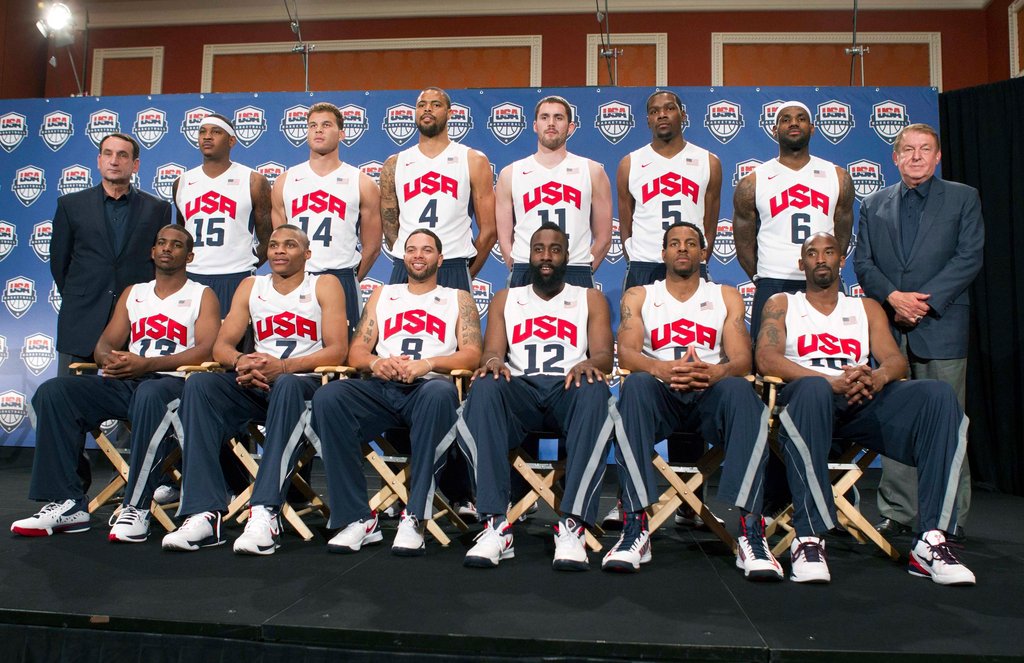 Naturally, such a system of counterattack requires special coordination of actions, and its development takes considerable time in the training process.
Naturally, such a system of counterattack requires special coordination of actions, and its development takes considerable time in the training process.
Development of a quick counter-attack through the middle of the field.
Players #5, #4, #3 are fighting for the ball and, having mastered it, they try to make the first pass to player #2, who passes the ball to player #1. Player #1 rushes forward dribbling through the middle of the court. Players #2 and #3 overtake the dribbler at high speed, form a triangle with #1, and finish the attack with a close range throw if they manage to create a numerical advantage under the opponent's shield.
If it was not possible to complete the attack in the first echelon, then the second echelon comes into action - center players #4 and #5. They, each on their own side of the court, rush to the opponent's shield. The one on whose side the ball is on ends the attack.
Development of a fast sideline break.
On a rebound from the left side of the backboard, the post makes a quick pass to player #2, who opens to receive the pass to the sideline, just above the free throw line.:no_upscale()/cdn.vox-cdn.com/photo_images/7804002/20120707_gav_sv5_038.jpg) At the intersection of the sideline with the center, player #1 receives a pass from player #2, then passes it to player #4, who rushes forward on the left side. Player #4 has three possible continuations of the attack: give the ball to player #5 or #3, who is running towards the opponent's backboard in a straight line, or pass to player #2 in the area of the arc. It is clear that the transfer should be made to the most open player, who is in the most advantageous situation.
At the intersection of the sideline with the center, player #1 receives a pass from player #2, then passes it to player #4, who rushes forward on the left side. Player #4 has three possible continuations of the attack: give the ball to player #5 or #3, who is running towards the opponent's backboard in a straight line, or pass to player #2 in the area of the arc. It is clear that the transfer should be made to the most open player, who is in the most advantageous situation.
A similar situation occurs when attacking on the opposite side.
Development of a fast break after a free throw into our ring.
If player #4 catches a bounce or quickly clears a potted ball from behind the endline, the first pass is to the left sideline to player #1 opening at or slightly above the free throw line. Player #2 opens near the center circle, receives the ball and dribbles forward. Players #5 and #3 pass the dribbler along the touchlines, player #4 overtakes him from the right, and player #2 stays slightly back in the backing position.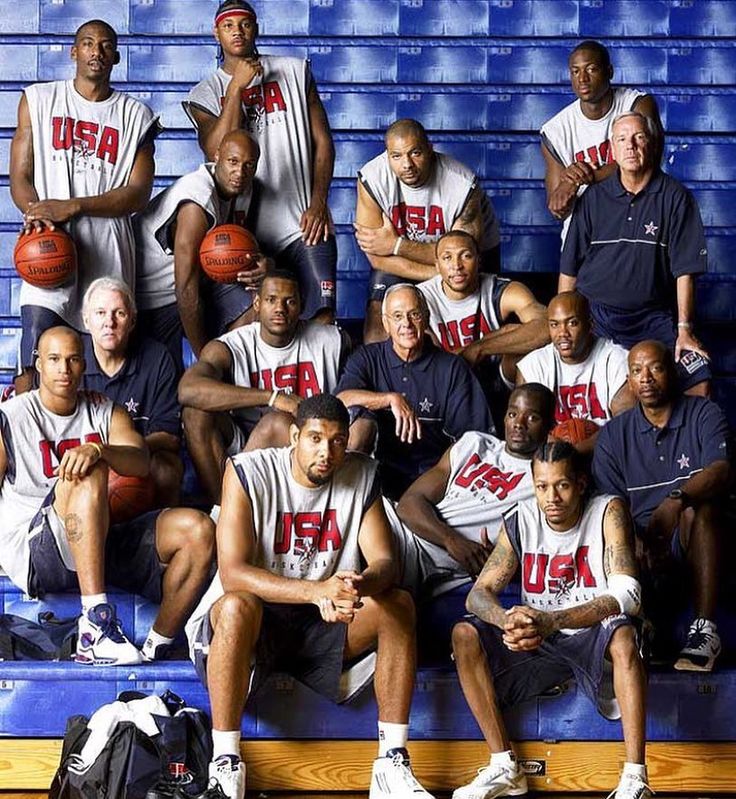 Thus, player #2 has four options to choose the direction of the attack.
Thus, player #2 has four options to choose the direction of the attack.
Same procedure as above, but after rebounding a field goal or after the ball is thrown in from behind the end line.
Developing a fast break after a dropped ball in the center circle or on the free throw line in our half of the field.
Player #5 discounts player #4 who is ready to receive the ball with his hands up. After catching the ball, #4 passes forward to player #1, who opens up to receive that pass after being screened by player #3. Players #2 and #4 support the attack. Such a combination can be played in both directions. At the heart of her success is high growth, good jumping ability and the ability to accurately throw the ball to the partner of the center player.
Same scheme, but now player #4 screens player #2 who, having received the ball from player #3, rushes forward.
The easiest way to complete a counterattack is for the players to take the shortest path to the opponent's shield.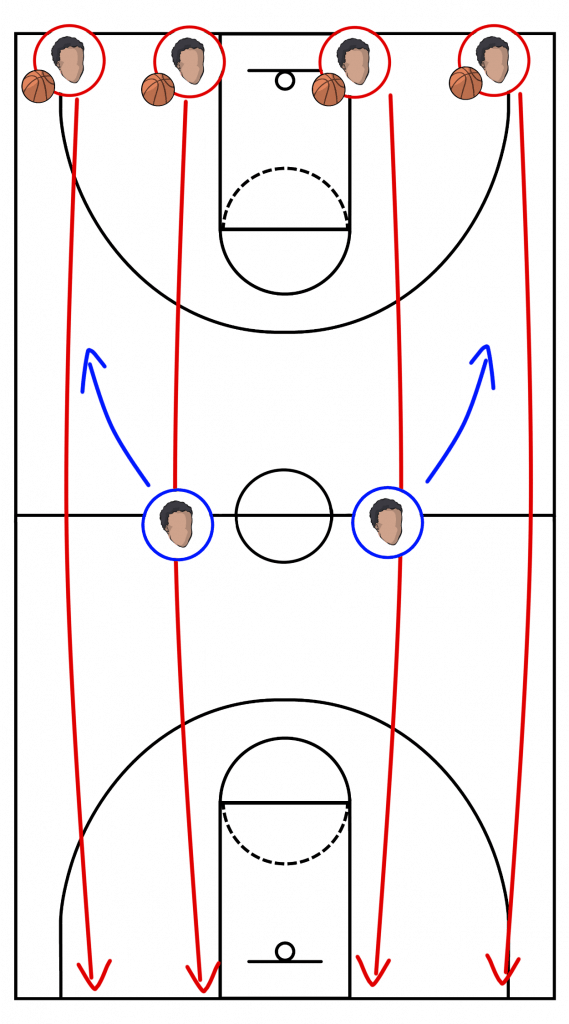 However, with the development of a counterattack, options are possible with cross screens
However, with the development of a counterattack, options are possible with cross screens
interaction like a trio
setting up screens for the players of the second echelon in the center of the field.
Many teams in the world, including the USSR national team, after they failed to complete the counterattack with a scoring throw, in the transition to a positional attack, spent precious time placing players, thus allowing the enemy to prepare for defensive actions and occupy all defenders advantageous positions. This is why a quick or non-stop attack after a counterattack ("transition game") is increasingly used in the tactics of the best teams in the world. I will give an example of such an attack in the USSR national team.
The fast break was not completed by the players of the first tier attack #2 and #3, nor the second tier #4 and #5. They, each on their own side, set up screens for fielders #3 and #2 for a shot from medium or long distance, and then go to the backboard to receive the ball in the three-second zone on the spot or to fight on the backboard, after a throw from one of the players # 2 or #3.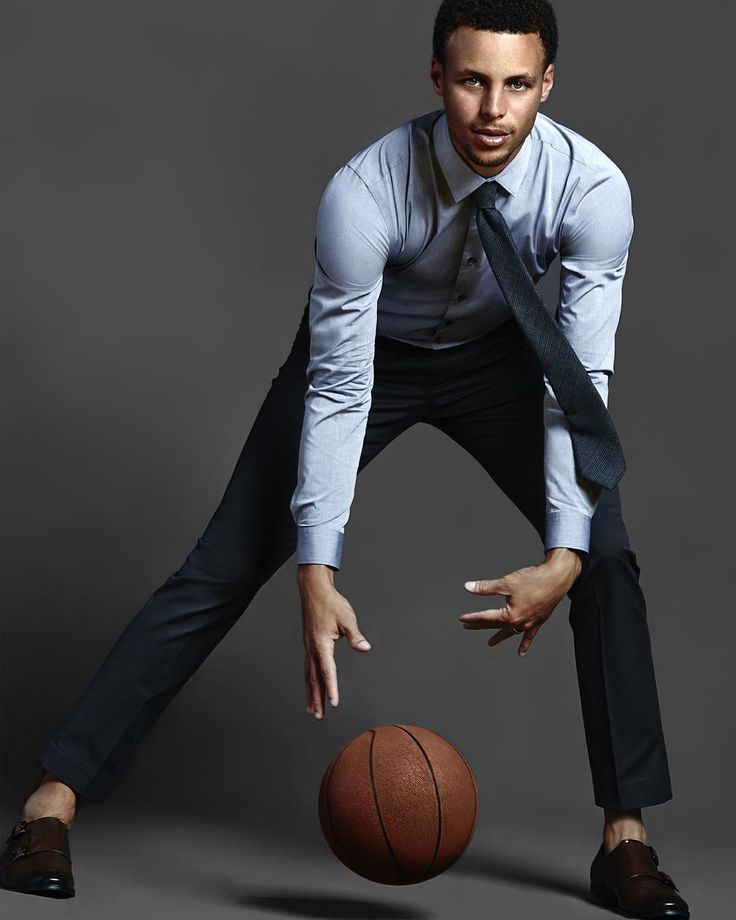 Options for a non-stop attack can be very different. This could be a double or triple screen for the team's sniper, or a winger or post entering the 3-second zone after receiving the screen. It all depends on the characteristics and capabilities of the player for whom the combination is being made.
Options for a non-stop attack can be very different. This could be a double or triple screen for the team's sniper, or a winger or post entering the 3-second zone after receiving the screen. It all depends on the characteristics and capabilities of the player for whom the combination is being made.
Double screen to Marciulionis (#2) to attack with his left hand from the free throw area.
Players #4 (Volkov) and #3 (Tikhonenko) simultaneously put up two screens for player #2 (Marciulenis). #2 breaks into the free-throw line, where he receives the ball from player #1 (Sokka). "Marciulionis has opportunities to continue the attack:
a) receiving the ball in motion and passing under the backboard;
b) receiving the ball with a stop and shooting at
c) passing the ball to player #5 (Sabonis) in case there is a switch of defenders.
Players #4 and #2 after screening go under the backboard to fight for the rebound.
Mixed defense
There are several systems of mixed defense:
1.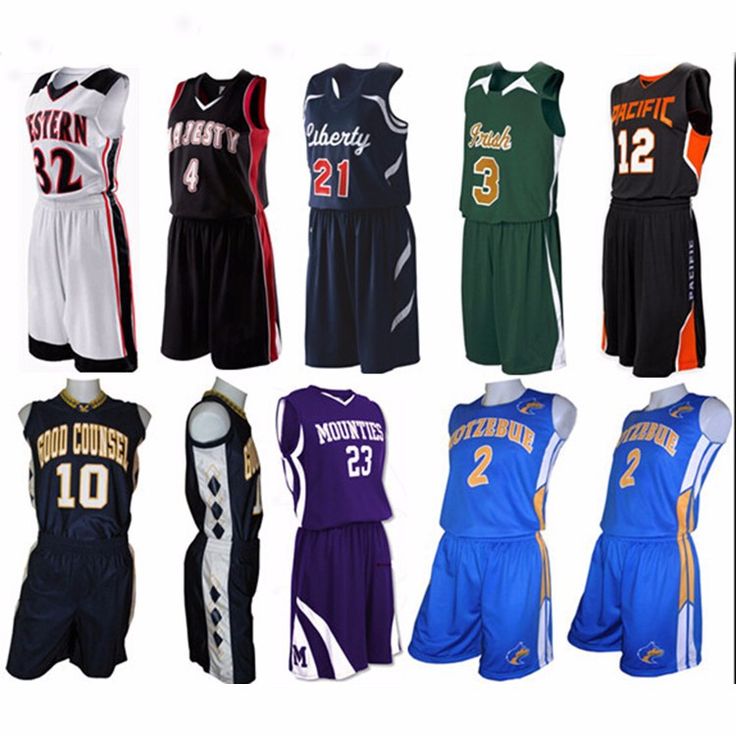 Four players build a zone defense 2-2
Four players build a zone defense 2-2
or 1-2-1
, and one defender personally marks the strongest offensive sniper or center, depending on capabilities and tactics of the opponent.
2. Three players build a 2-1 zone defense and two guard the enemy's strongest snipers.
3. One player completes the zone formation and four players cover the opponents personally.
4. Two players form a zone defense and three players act as an individual defense.
Mixed defense brought good luck to the USSR national team and the CSKA team more than once. The choice of defense has always been determined by the characteristics of the opponent and our capabilities.
In the final of the Olympic tournament in Seoul against the team of Yugoslavia, we used a mixed defense 1-4.
Sabonis played a zone defense, the rest of the players closely guarded their opponents. This was due to the presence of Vrankovic or Raja in the Yugoslav team, who are not very dangerous away from the shield, and the fact that Petrovich, Paspal, Kukoch posed a big threat. The players who guarded the leaders of the Yugoslav team could, with a greater degree of risk, fight with their opponents to get the ball. They knew that Sabonis would help them if they were beaten.
The players who guarded the leaders of the Yugoslav team could, with a greater degree of risk, fight with their opponents to get the ball. They knew that Sabonis would help them if they were beaten.
A similar defense was chosen in the semi-final tournament in Seoul against the US team. Sabonis did a zone defense and let Robinson or Reed or Maning shoot from wide. But the rest of the US players were completely covered, and a player like Maning did not bring a single point to the team. As a result, the USSR national team won 82:76. And Sabonis, who participated in the Olympics after a serious injury, two operations, took first place in the selection of balls from shields and made a great contribution to the victory of the USSR team.
Sometimes, with two centers Sabonis - Tkachenko, we built a mixed, personally set defense 3-2. Two giants and one mobile defender played well in the zone. In the early 70s, it was Eremin, then Valters, and at the Olympics and the pre-Olympic tournament Sokk performed this function, and Belostenny and Volkov played instead of Sabonis and Tkachenko in Holland.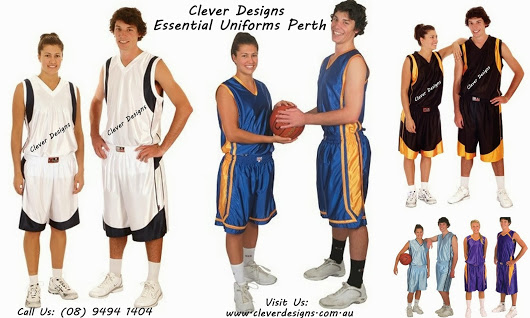
At the Seoul Olympics, we used such a defense (3 in the zone, 2 in person) against the Brazilian team.
Sabonis, Volkov and Sokk built a triangle on top of which Sabonis and Volkov played. Tikhonenko took care of So-uzu personally, and Marciulionis took care of Schmidt, and although these two players scored 65 points together, the match turned out to be very difficult for us, but we still won 110:105. The mistake in the choice of defense was that Schmidt outplayed the smaller Marciulionis in different positions, and Souza outplayed the slower Tikhonenko. In the last 10 minutes of the match, Volkov was attached to Schmidt, Marciulionis switched to Souza, and we changed Tikhonenko to Goborov in zone defense.
Benefits of mixed defense
allows you to fight with him to get the ball, while expecting the active help of teammates, without fear of a throw.
2. Such a system, if the opponent is not prepared for it, tactically introduces confusion and makes it difficult to carry out combinations of screens.
3. Combines the best aspects of individual and zone protection systems.
4. Promotes a quick transition from defense to counterattack.
5. Allows players to use their strengths in defense and not show weaknesses.
6. Can take the point guard out of the game and deprive the opponent of the usual formation and rhythm, destroy the counterattack if applied pressure throughout the field.
Weakness of the mixed defense
1. A technically competent team that has several leaders easily rearranges the offense and breaks the mixed defense.
2. Simultaneous movements of two or three players diagonally can destroy a mixed defense if the opponent manages to create a numerical advantage on one of the sides of the field.
3. Often vulnerable to medium throws from 3-4m.
4. Requires special long-term preparation, coordinated actions, high teamwork of the whole team for rebuilding and interchangeability in positions.
5. If one of the five players did not have time to reorganize or did not cope with his duties, then the whole idea of such a defense breaks down.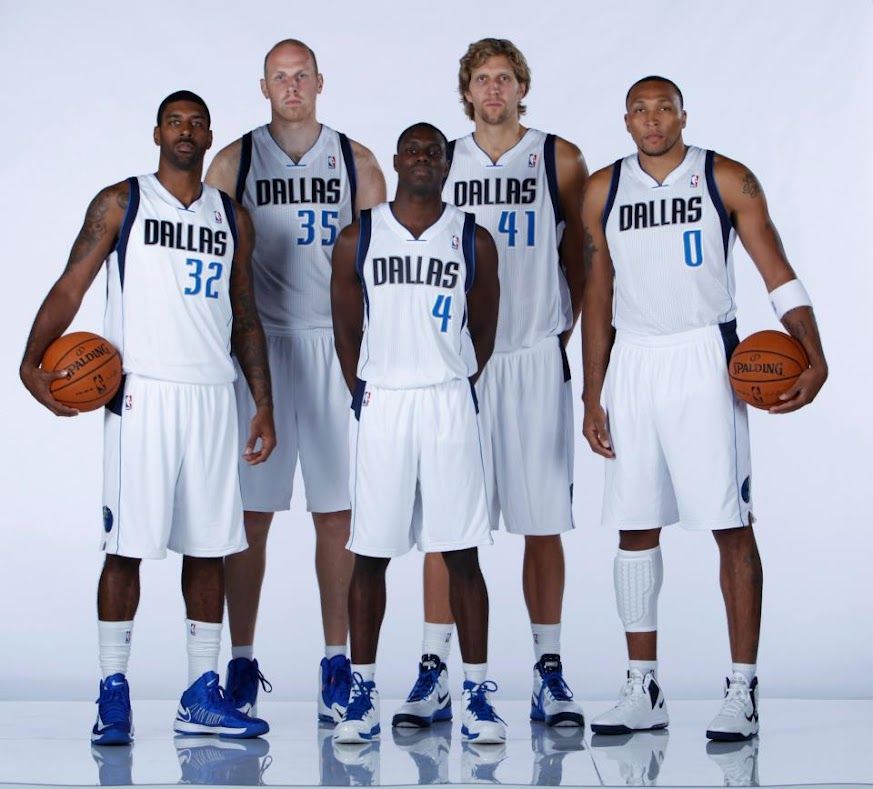
A.Ya. Gomel. Pressing defense
Pressing is the most active type of defense, constant pressure on the opponent. It can be personal or zone, it can start from the moment the opponent throws it: all over the court, on 3/4 of it, in their own half, i.e. on 1/2 site.
The goal of defense by pressing is not only psychological pressure on the opponent, but also the desire to break the opponent's established game, break his habitual connections between defense and attack, his combinations, make inaccurate passes of the ball, hasty - throws. It is impossible to apply pressure without mastering enough methods of individual protection. This form of defense requires high physical condition, good reserve and teamwork of all players and team units.
Pressing is used both as a system of play for long periods of time, and as a forced measure: when losing in a score to increase the pace or when waiting for pressure from an opponent.
By pressing, we try to take the ball away from the opponent - we force him to make false, inaccurate passes that are easily intercepted.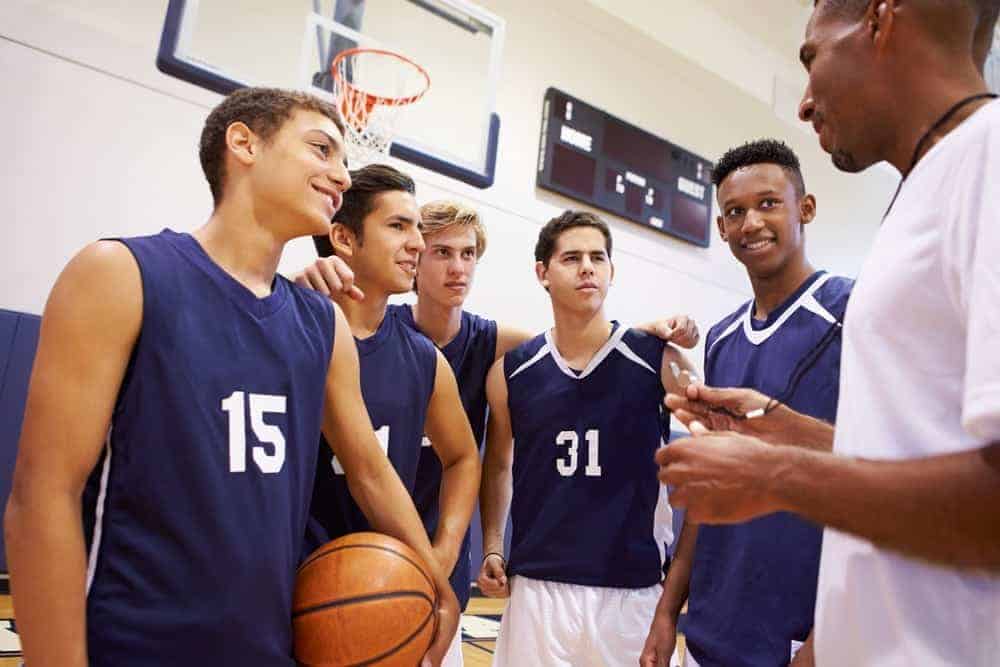 Often, the opponents of the front line of pressing, having missed the opponents, do not pursue them, but watch the development of further events - this is a gross mistake. It is necessary to chase the player with the ball, trying to knock the ball from him from behind, stepping on his heels. Thus, you force the opponent to rush, worry, make mistakes.
Often, the opponents of the front line of pressing, having missed the opponents, do not pursue them, but watch the development of further events - this is a gross mistake. It is necessary to chase the player with the ball, trying to knock the ball from him from behind, stepping on his heels. Thus, you force the opponent to rush, worry, make mistakes.
If in zone or personal pressing you are left without a player and do not help a friend, you make a miscalculation. If one of the five pressers is not active, the work of the entire team goes down the drain. Pressing is primarily an active defense of the team.
In modern basketball, many coaches tend to believe that personal pressing is less effective, difficult, leads to a large number of personal violations and is inferior in usefulness to zone pressing systems. I also believe that a strong, technical player with good dribbling is able to cope with personal pressure.
In addition, with a stretched defense, it would be incredibly difficult to keep such players as Marciulionis, Volkov, Kurtinaitis, Petrovich, Schmidt, Kukach, Paspal, Rivier, Gallis one on one.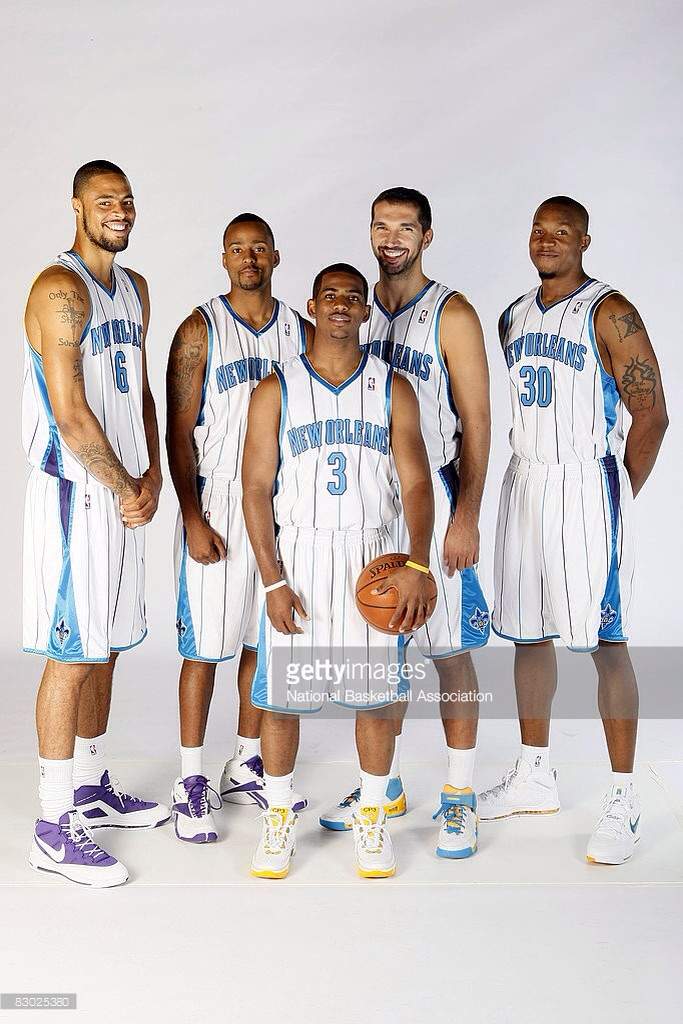 I'm not talking about NBA players. But although zone pressing has become more popular, it is impossible to do without the ability to play personal pressing. Therefore, it is necessary to train defense daily 1-1, 2-2, 3-3, 4-4 all over the court, with and without the ball, with and without dribbling, with and without screens, first at a walk, then at high speed.
I'm not talking about NBA players. But although zone pressing has become more popular, it is impossible to do without the ability to play personal pressing. Therefore, it is necessary to train defense daily 1-1, 2-2, 3-3, 4-4 all over the court, with and without the ball, with and without dribbling, with and without screens, first at a walk, then at high speed.
Exercises are useful in which the number of defenders prevails over the number of attackers. These exercises promote the interaction of the defenders, instill the skills of tackling the ball. They are also good for attacking players. When training personal pressing, due attention should be paid to the rapid movements of players in an active stance, in different directions, with a skillful change in the positions of players. Defenders of the first line of defense seek to push their attackers to the sidelines and prevent the attacker from getting around him with the ball and without the ball.
If one of the defenders managed to stop the attacker with the ball at the touchline at the intersection with the penalty or center line, the defensive partner must come to the aid of a friend: together they force him to make a cross pass, which the other three players are ready to intercept.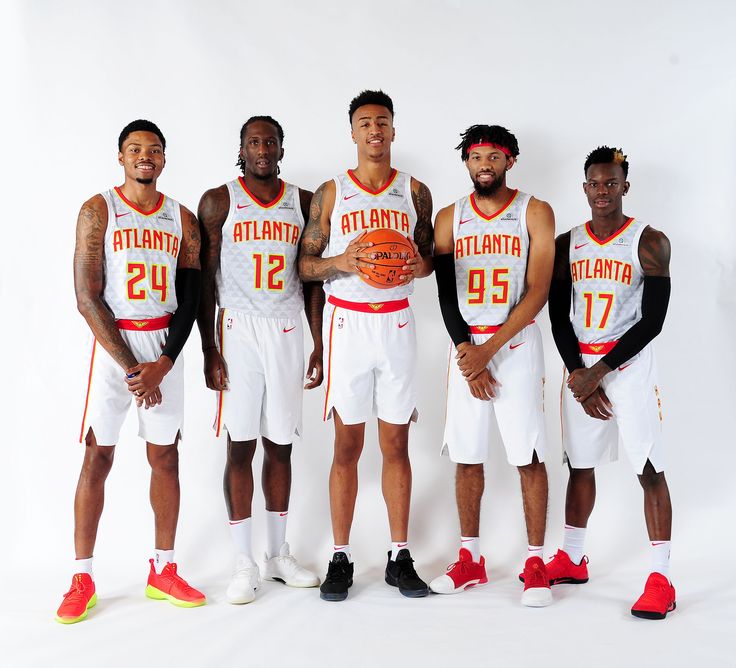
The initial stage of personal pressing is carried out by two fundamentally different tactical formations:
1. The opponent who introduces the ball into the game holds a high moving edge and with an active movement of the hands prevents him from making an aimed pass.
2. No one guards the opponent who puts the ball into play, but two pressers prevent the most dangerous dribbler from getting the ball.
For example, Volkov secured Sokka and Marciulionis from behind when passing to player 5.
A few tips when defending with personal pressure: make him stop and do not let him make an accurate pass, interfering with his hand movements;
2) if the defending partner allowed himself to be bypassed, immediately come to his aid, of course, without leaving your ward in a safe position under the shield;
3) constantly watch not only your ward, watch the actions of partners, learn to see the whole field.
In the USSR national team and CSKA, zone pressing 1-2-1 - 1 brought us the most success.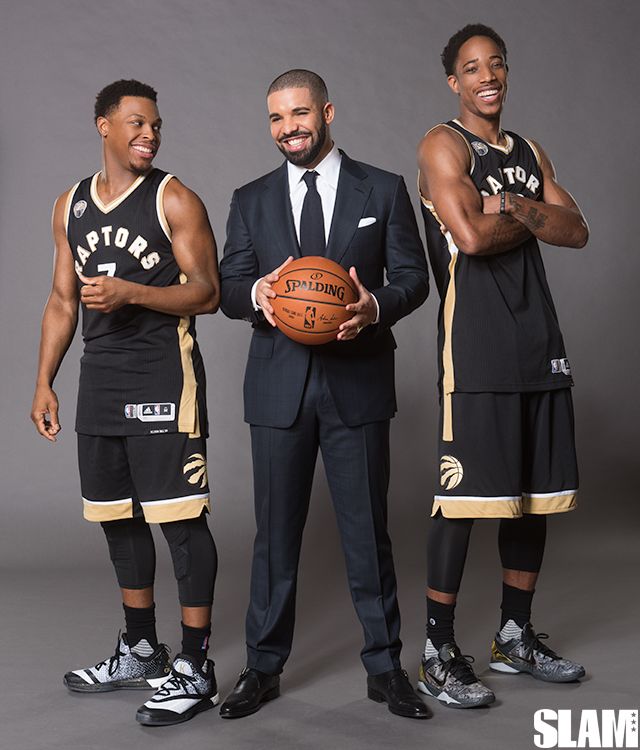 We started pressing from the opponent's front line after a goal and a free kick. High extreme Volkov interfered with the throw-in. If the ball was injected to the right, Marciulionis and Volkov attacked X2 defender together, trying to prevent him from going forward and make an aimed pass to XI defender, Sokk followed the movement of X3 and X4. Sabonis secured the rear, was responsible for long passes and for the X5 player. Tikhonenko in the center of the field followed X4's pass with a long pass and went to the ball passing side.
We started pressing from the opponent's front line after a goal and a free kick. High extreme Volkov interfered with the throw-in. If the ball was injected to the right, Marciulionis and Volkov attacked X2 defender together, trying to prevent him from going forward and make an aimed pass to XI defender, Sokk followed the movement of X3 and X4. Sabonis secured the rear, was responsible for long passes and for the X5 player. Tikhonenko in the center of the field followed X4's pass with a long pass and went to the ball passing side.
Returning with a weak attack, we built a defense 2-3
Zone defense in basketball
The meaning of this defense is that the players are in charge of a certain area of the field, in accordance with the position of the ball and the formation of the attacking team.
Benefits of zone defense:
1. Allows players to be placed according to their physical, technical and mental characteristics.
Tall, jumpy players are located close to the shield, mobile, fast players are in positions higher from the shield.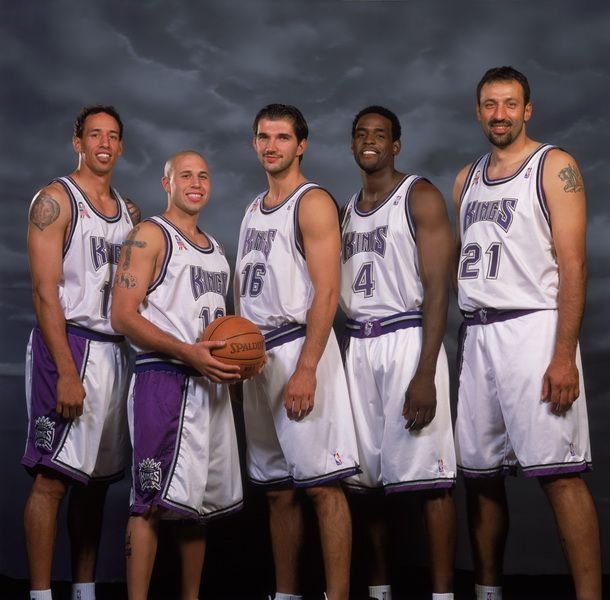
2. More team-oriented, easy to master, able to compensate for the individual gaps in the defense of the players.
3. Promotes counter-attacking and frequent interceptions of the ball with the greatest possible degree of risk, because. Partners are always ready to help.
4. The number of fouls in a zone defense is usually less than in a personal defense.
5. This defense is less vulnerable against screen combinations.
6. Can concentrate with strong opponent centers and stretch with snipers.
7. More than personal protection, it saves players' strength and protects leaders from fouls.
8. Most effective against opponents with strong centers.
9. A team that owns a zone defense can easily build mixed forms of defense: 3-2, 4-1, 2-3.
10. Convenient and suitable for small fields.
Disadvantages of zone defense:
1. Inferior to the personal psychological responsibility of the players, their charge for individual victory in defense.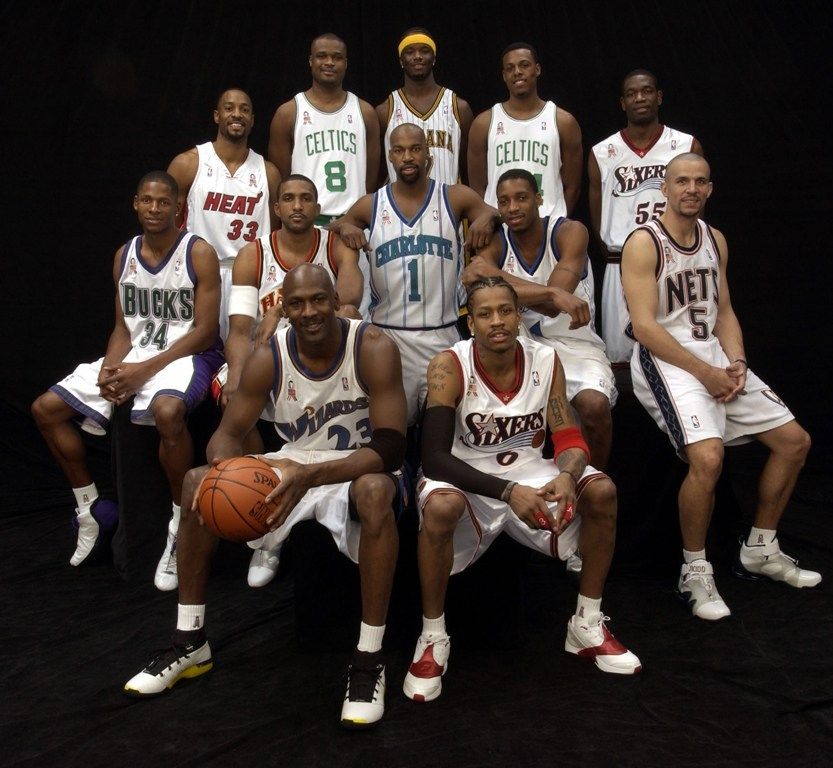
2. Less useful against teams with strong snipers.
3. As a rule, the corners of the court are less protected in zone defense.
4. Zone defense may be used occasionally and should not be the primary form of defense. It is not advisable to use zone defense at the beginning of the match, when the opponent's players are not yet tired, energetic enough - their throws are more accurate and productive than at the end of the game.
There are several formations of the zone defense, however, each of the zone defenses should easily transform depending on the attack - stretch when attacking from a distance and group around the ring.
Even type of zone defense formations includes systems: 2-2-1, 2-1-2, 2-3.
Odd formation: 1-2-2, 1-3-1, 3-2.
Each of these constructions has its advantages and disadvantages, which are useful to analyze.
The arrows indicate the direction of movement of the players. The shaded places on the court are the weak positions of the defense.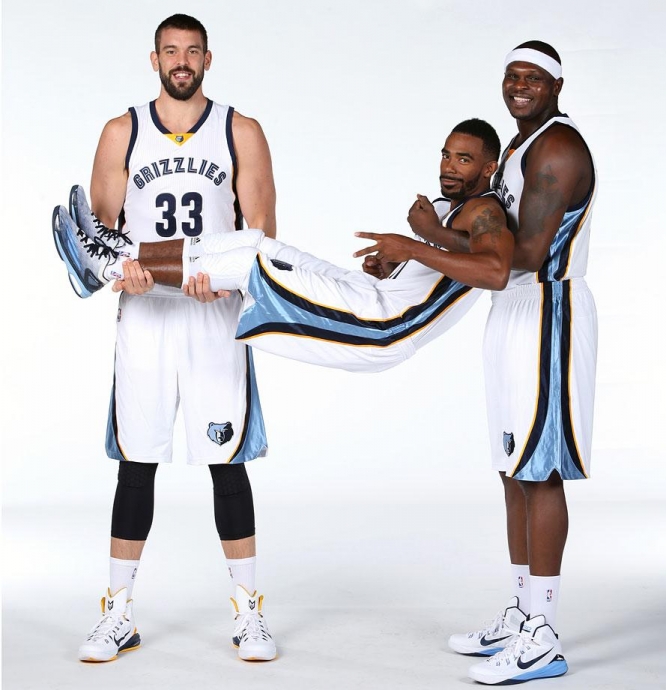
Zone defense 1-2-2
#1 - the lightest, fastest defender, #2 and #3 - quite mobile, jumpy, good if their height is at least 2 m. #4 and #5 - centers. Their task is to fight with the opponent's centers, picking up balls from the shield.
This system is most useful against teams trying to attack from under the shield through the post. Disadvantages - weak positions indicated in the figure.
Zone defense 2-1-2
It is used against strong opponent's centers who are dangerous on the "second floor" when rebounding the ball. Good for developing a counterattack with fast #1 and #2 players. Vulnerable in corners under 45, in the center for long and medium throws. The task of post #5 is to mark the opponents' post and, together with ?3 and ?4, create a rebounding triangle. #3 and #4 are mobile and high wingers, they can be swapped depending on the place of the sniper's attack.
Zone Defense 1-3-1
Helps to keep #3, #5, #2 between the ball and the basket at all times, used against opponent's strong centers and shots from middle and close positions. Her weakness is throws from the corners of the site and passes to the shield along the front line.
Her weakness is throws from the corners of the site and passes to the shield along the front line.
#1 - the fastest defender, running into the gap in every possible situation, #2 and #3 - mobile, jumping players, #5 - center, #4 - the fastest winger, able to move into the corners of the court.
Zone defense 3-2
#1, #2 and #3 are aggressive, mobile players, the success of the whole system largely depends on their activity. All three are focused on intercepting the ball and counterattacking. This system is most acceptable against teams seeking to attack from a distance, and less suitable against strong centers. The 3 second zone and 45 angle positions are the most vulnerable. #1 is in charge of the foul line. #2 and #3 are in a rebound fight. #5 and #4 are the first and second centers.
Zone protection 2-3
Strongest under the backboard, in the corners of the court along the front line. It is used against a tall, powerful team attacking from close positions and from under the shield.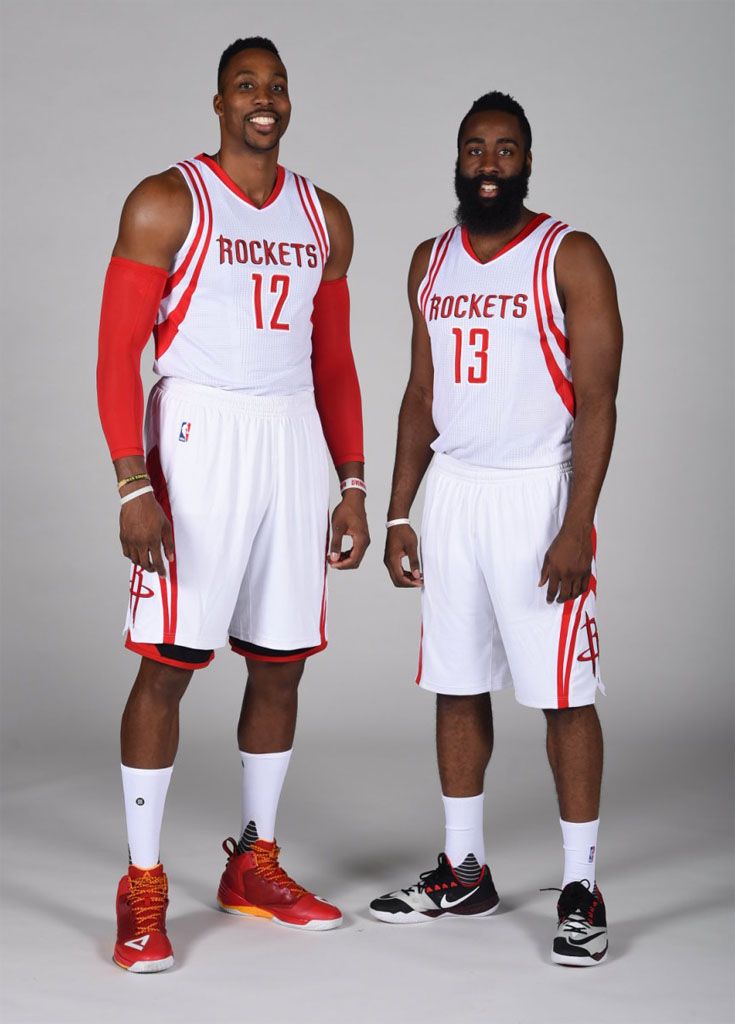 Often used for group selection of the ball in the corners of the site. When interacting #4 and #2 or #3 and #1, the defense is less effective on the foul line and at a 45 angle. #5 - center, #4 - second center, #3 - winger, #1 and #2 - defenders, constantly aimed at interception and counterattack.
Often used for group selection of the ball in the corners of the site. When interacting #4 and #2 or #3 and #1, the defense is less effective on the foul line and at a 45 angle. #5 - center, #4 - second center, #3 - winger, #1 and #2 - defenders, constantly aimed at interception and counterattack.
Zone protection 2-2-1
This defense is used by agile and short teams aiming to intercept the ball and constantly counterattack. This zone counterattack is used against teams seeking to attack from medium distances. Center #5 is responsible for rebounding, wingers #3 and #4 are responsible for positions in corners and under 45 , rebounding the ball and for the foul line.
Defenders #1 and #2 tend to close the passes to the shield and into the three-second zone, while they themselves are constantly aimed at counterattacking.
A.Ya. GomelskyDefense against ball carrier
It is necessary to work out the correct position of the body in a basketball stance: the center of gravity is evenly distributed on both legs, but not on a full foot, but on toes, with a "charged" (ready for any movement) foot, knees slightly bent, legs slightly wider than shoulders . Boxing stance - like the great Michael Jordan.
Boxing stance - like the great Michael Jordan.
If the opponent is in possession of the ball, one arm of the defender must be directed at the ball and constantly attack the opponent, preventing him from aiming or throwing (best if it touches the attacker), and the second arm slightly pulled back. Many defenders, being between the player with the ball and the basket, even in the correct stance, do not actively use their hands, do not make an offensive movement towards the attacker, which allows the opponent to calmly take further actions. At the same time, it must be remembered that you cannot cross your legs, that the distance between the defender and the opponent must be calculated so that the opponent can pass with a dribbling to the ring.
Contact defense against the ball carrier, although difficult and somewhat risky, is modern and has its advantages. If your arm extended to the opponent reaches his chest, then by doing so you prevent the attacker from lifting the ball up for a throw.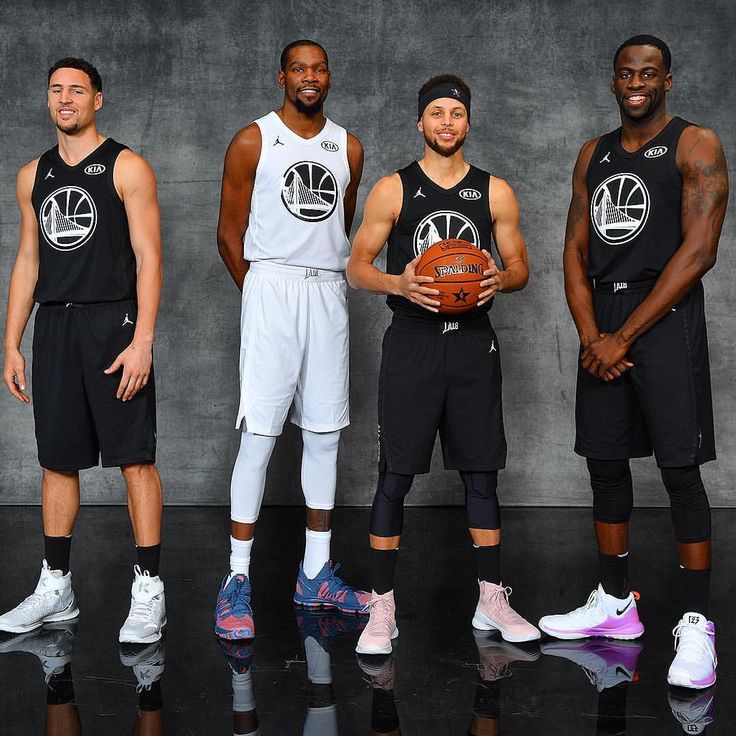
The defender's movements should be trained regularly:
a) in each training session - with and without resistance;
b) with one or two balls;
c) with side steps, touching the body with the hand closest to the attacker.
The defender's actions in different situations can be divided into 12 positions:
1. Defense against a dribbler driving the ball to your ring.
2. Defending against a player who has finished the dribble and is looking to either shoot or pass.
3. Defense against an attacker 5-6 m from the backboard, but not using the dribble.
4. Actions of defenders in numerical minority.
5. Actions of two defenders against three forwards.
6. Actions of three defenders against four forwards.
7. Actions of defenders during screenings.
8. Protection against rear screen.
9. Slip protection.
10. Group tackle by two defenders.
11. Defense against the first pass to the counterattack.
12. Fighting the attacker in the corners of the court.
Fighting the attacker in the corners of the court.
Let's try to analyze the defender's actions in each of these positions.
1. Defender's task - in a parallel low stance, without crossing the legs, move backwards, knees slightly bent, one hand all the time makes attacking movements towards the dribbler (feints with the body and head participate in this frightening dribbler movement), with the other hand he tries to stop the dribble (if possible, knock the ball out). The raised hand is ready to prevent the presenter from making the pass. Hands can be changed, they are always in motion.
As already mentioned, one should move on a "charged" foot, the heels do not touch the floor, the back is straight, slightly tilted forward, the head is raised up.
The leader should be pushed to the sideline, in the corner of the court, or his movement should be directed towards the defensive partner, remembering that the leader must not be allowed to go to the "strong" side (if left-handed - to the left, if right-handed - to the right).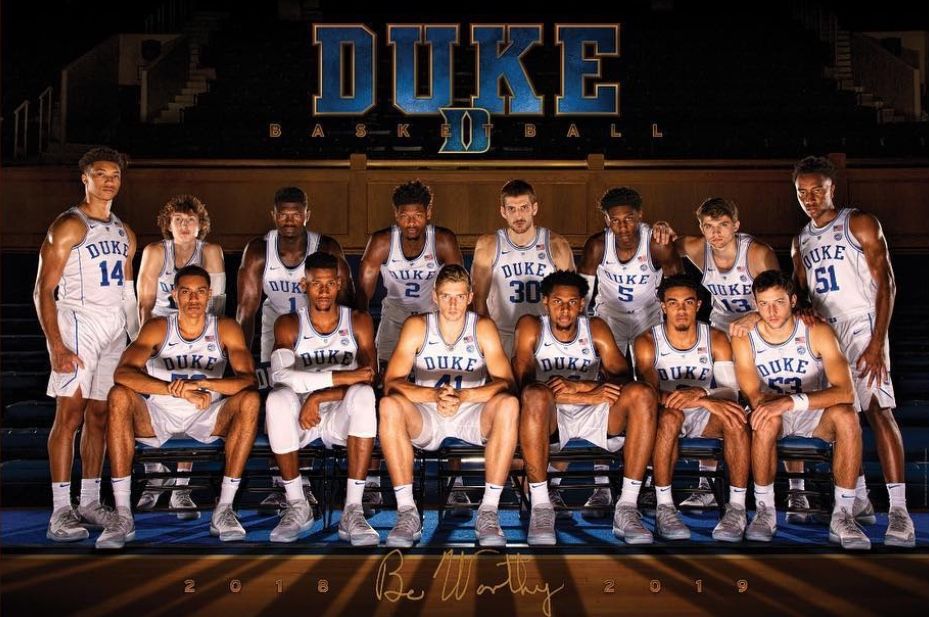
The distance from the leader should be maintained depending on the speed of his rushing with the ball, his ability to attack or pass, as well as your ability, taking into account the position on the field of defensive partners. Do not rush to take the ball away from a good dribbler, wait for him to stop or make a mistake.
2. If the attacker has finished dribbling and has stopped to shoot or pass the ball, the defender must definitely get close to him, actively using his arms, preventing him from concentrating on the next action. The hand closest to the opponent must touch the fingers of his chest or stomach and not allow him to lift the ball up to attack the ring or pass. The defender seeks to force the opponent to turn his back to the shield and, without stopping attacking the attacker, prevents him from making an aimed pass. The defender must signal to his defensive partners to be ready to intercept the ball. These are already team actions.
3. If the opponent has received the ball 5-6 m from the backboard and he is in possession of the dribble, the defender must not stop actively attacking the attacker; make short lunges with your front foot, use your hands to prevent him from aiming. The attacker cannot be missed to the shield along the front line, if he moves slightly towards it, none of the partners will help the defender. The hand close to the end line insures the passage with the lead, the other one attacks the attacker.
The attacker cannot be missed to the shield along the front line, if he moves slightly towards it, none of the partners will help the defender. The hand close to the end line insures the passage with the lead, the other one attacks the attacker.
Do not give in to feints. If the attacker went to the end line where the defender took up position, you can meet him with his chest and show the referees that he knocked you down. Don't be afraid and learn to fall gently on your back.
If the attacker, despite the activity of the defender, lifted the ball for a throw, you should try to jump with him and prevent the throw. Do not stop working even when the opponent has already made a throw or pass. Do not turn away from him and block his path to the shield. When you take a step back, meet him with your face, and do not try to run after him. You should always be in these moments between the opponent and your shield.
4. If the defender is alone against two attackers, he tries to prevent the ball from being thrown from under the backboard and retreats with his back to his ring so that he can see both attackers. With false movements, he tries to stop the player with the ball and prevent him from making a pass to the opponent under the ring or in time for him in order to block the throw from afar. Not allowing the ball to be thrown from under the shield, the defender will fulfill his mission.
With false movements, he tries to stop the player with the ball and prevent him from making a pass to the opponent under the ring or in time for him in order to block the throw from afar. Not allowing the ball to be thrown from under the shield, the defender will fulfill his mission.
2x1 training on the spot and on the move develops reaction in defenders, teaches active arm movement, backward movement, composure and ability to intercept the ball.
5. Two defenders against three forwards - a common situation in any match, so the defenders, regardless of their position, being in the minority, must know their maneuver.
The front defender moves towards the dribbler to stop him at the top of the three-point offensive zone. He uses a feint, showing that making contact with this attacker is his main real task. At the same time, he should not get close to the opponent leading the ball. The rear defensive player takes a position on the free throw line, behind the front one and, after the pass from the dribbler, moves towards the player who received the ball - he is responsible for passing this player to the backboard or throwing from close range. The front defender, meanwhile, quickly moves to the third striker under the shield, managing to prevent him from getting the ball. The task of the two defenders is to prevent the ball from being thrown from under the shield. Exercises 3x2, 4x3, 5x4 are a good school for practicing such actions. You can train them by attacking with two balls.
The front defender, meanwhile, quickly moves to the third striker under the shield, managing to prevent him from getting the ball. The task of the two defenders is to prevent the ball from being thrown from under the shield. Exercises 3x2, 4x3, 5x4 are a good school for practicing such actions. You can train them by attacking with two balls.
6. If three defenders are defending against four attackers, their actions are built as follows. If attacker XI has the ball, defender ?1 rushes towards him, defender ?2 is responsible for throwing and moving to attacker XZ's shield, defender ?3 moves to the shield. If attacker X2 receives the ball, defender ?1 tends to it. Defender ?3 is responsible for attacker X4, defender ?2 moves to the basket.
A 4x3 drill on the spot and on the move, with rebounding the ball after a throw, with one and two balls - a good rehearsal for a defense of three against four.
7. Today, not a single even very serious team imagines an attack without a combination of screens.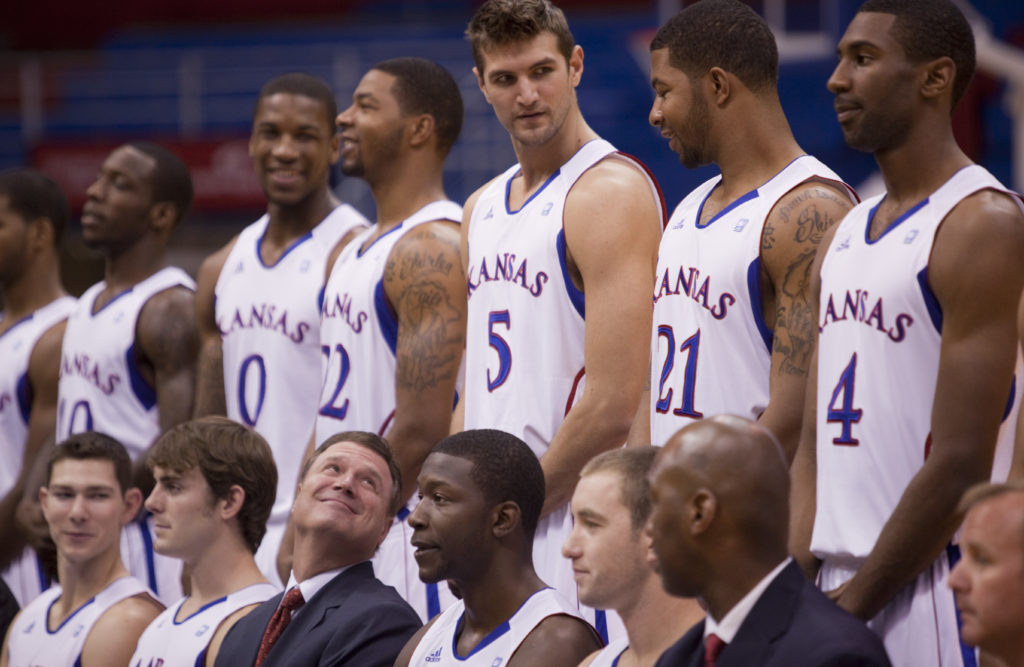
Coordination of actions of the team's defenders, warning about the impending screen determine the preparation of the team to fight the screens.
The guard guarding the screening player must warn his partner of the imminent threat. If the screen without the ball is made by attackers of the same height, there is no great danger of changing the defenders.
If the defenders want to avoid changing when screening from the side, the defender must turn towards the defender and step back, bypassing him from behind, which will not allow the attacker to pass to the backboard.
If the attacker screens from the blind side, from behind, the defender must open towards the defensive partner, turning sideways to him. This will make it difficult to set up a barrier.
8. If your partner puts a screen on the sniper when attacking from medium or long distances behind the defender and you did not have time to get out from under such a screen, a change is necessary: your partner switches to the sniper with his hand raised and prevents him from making a throw.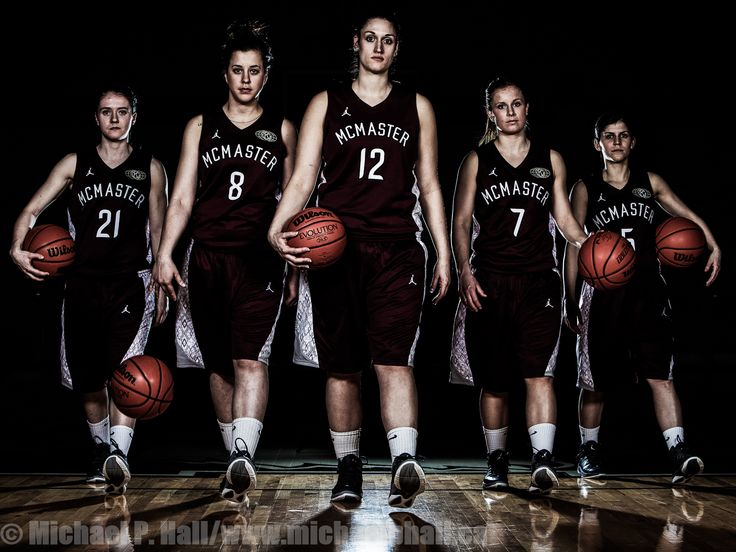 You are left with a dangerous, taller opponent, and your task is to prevent him from getting the ball or picking up the ball after the throw.
You are left with a dangerous, taller opponent, and your task is to prevent him from getting the ball or picking up the ball after the throw.
It is difficult to do without the help of partners in this situation. In general, I am a supporter of the smallest shift with screens, because. this reduces individual responsibility and gives the attacker a chance to beat the defender.
9. If your player, while in possession of the ball, seeks to pass to a teammate who is close to him, you must step back and allow your defensive partner to slip, and then take an active position towards your attacker.
10. The defensive player should always try to get the dribbler to the touchline, into the corner of the court, stop him and turn his back to the backboard.
The second defender, seeing this situation, attacks the opponent with the ball from the other side. Both of them with active hand movements interfere with making an aimed pass. It is important that the rest of the defense players are ready, focused on intercepting the ball.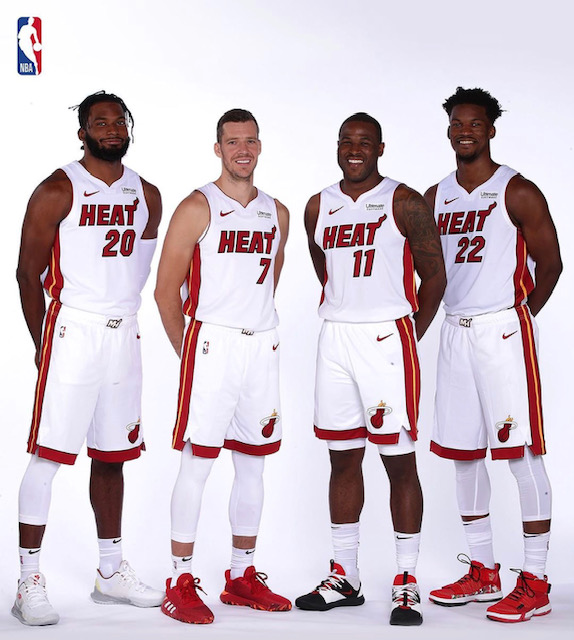
11. The USSR national team used the defense against the first pass in a fast break more than once against opponents who counterattack through a fast dribbler, sending him the first pass after picking up the ball from the backboard. So we often defended against the Spanish national team, where the ?1 dribbler was Carbolan or Salosobal.
Our team's tall center, who plays close to the backboard, whether it's Tkachenko, Sabonis or Belostenny, prevents the dribbler from making an accurate first pass. At the same time, our fast defender, for example, Homichujus, presses ?1 opponent and does not allow him to receive the ball. The other three of our players were to immediately return to their zone.
So often the counterattack of the Spanish national team failed, in which the Spaniards were especially dangerous and productive.
I must say that there are some significant differences between the game of our and American defenders. According to my conclusions, they are:
1.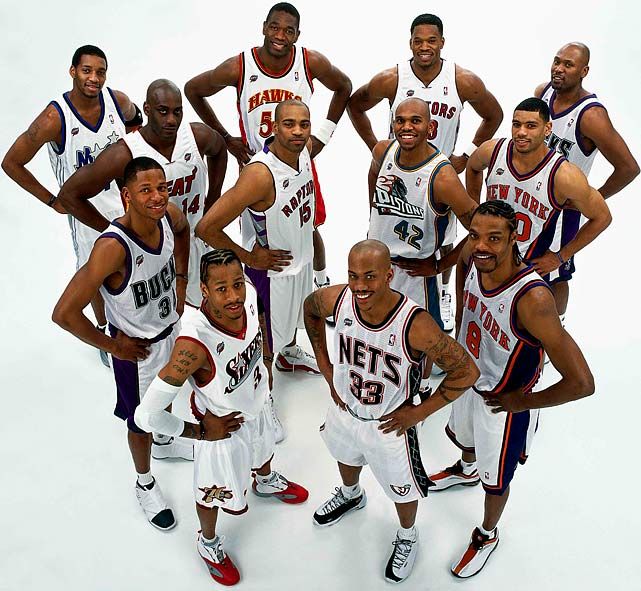 Americans on the defensive are always offensive, they are not afraid of a contact attack on the attacker in possession of the ball.
Americans on the defensive are always offensive, they are not afraid of a contact attack on the attacker in possession of the ball.
In a low stance with arms raised, the US defender seeks to hit the ball, prevent a pass from being made, not to mention a shot. If the attacker lifts the ball up, the defender immediately reacts to this: his hand rises up and seeks to interfere with any actions of the attacker. The attacker put the ball down - the defender immediately takes two quick steps back, preparing to prevent the opponent's pass without losing his defensive stance.
2. When active, the American defender never allows the attacker to pass with the ball through the center, into the middle, but constantly pushes him to the sideline. When an attacker is missed on the front line, teammates immediately come to the aid of the defender. Our tactic is, on the contrary, to close the baseline, where, as we believe, it is more difficult to provide team assistance. I think it's best to find a compromise here: train the safety net both in the middle of the three-second zone and when passing on the front.